Okay, here’s the deal—your shower faucet system’s kinda the unsung hero of your morning. When it goes wonky, it’s like, why now? Leaks, weird water pressure, random bursts of ice-cold water—super annoying, but honestly, most of this stuff isn’t rocket science to fix. I’ll break down the usual suspects and toss you some straightforward fixes, so you’re not stuck taking cold showers or calling the plumber every other week. Let’s dig in.
Understanding Your Shower Faucet System
Before you start troubleshooting, it’s essential to understand how your shower faucet system works. The system typically includes three main components:
· Faucet Handle(s): Adjusts water flow and temperature.
· Valve: Controls the mixing and distribution of water.
· Showerhead: Dispenses water to the user.
These components work together to ensure the proper water temperature and pressure every time you step into the shower. Problems can arise when any of these parts malfunction due to wear, mineral buildup, or faulty installation.
Common Issues with Shower Faucet Systems (and How to Fix Them)
1. Leaking Faucet
A leaking shower faucet can be annoying and costly, as it wastes water and increases your utility bills. Luckily, this is usually one of the easiest issues to fix.
Causes of a Leaking Faucet
· Damaged or Worn-Out Washer: The washer creates a seal; if it’s worn, water can drip through.
· Faulty Cartridge or Valve Seat: Mineral deposits or corrosion can cause these parts to fail.
· Loose Components: Over time, nuts, O-rings, or screws may loosen.
How to Fix It
1. Turn off the water supply to the shower to avoid further leaks.
2. Disassemble the Faucet handle to expose the valve or cartridge.
3. Inspect the washer, O-ring, and valve seat for any damage or wear. Replace any worn or damaged parts with new ones.
4. Reassemble the Faucet and test to ensure the leak is resolved.
Pro Tip: Brands like Wellfor offer dependable and durable replacement parts for common plumbing repairs.
2. Low Water Pressure
Low water pressure can turn your shower into a frustrating drizzle. This issue may be caused by blockages or plumbing system problems.
Causes of Low Pressure
· Clogged Showerhead: Mineral deposits (like lime or calcium) can block the holes.
· Pipe Issues: Older homes may have corroded pipes, which can reduce water flow.
· Malfunctioning Mixing Valve: If the valve isn’t working correctly, water flow may be uneven.
How to Fix It
· Remove the Showerhead and soak it in a vinegar solution for 2–4 hours to break down mineral deposits.
· Check for debris in the pipe or Showerhead connection and clean it out.
· If the mixing valve is the culprit, you may need to replace it. Consult your shower faucet system’s manual or use a high-quality valve replacement from Wellfor.

3. Fluctuating Water Temperatures
If your shower temperature fluctuates from freezing to scalding without warning, the issue may lie with the mixing valve or the water heater.
Causes of Temperature Fluctuations
· Thermostatic Valve Failure: Responsible for maintaining a consistent temperature.
· Water Heater Problems: An aging or insufficient water heater may not supply hot water adequately.
How to Fix It
1. Check your water heater settings; the temperature should typically be set between 120°F and 140°F.
2. Test the thermostatic valve by running the shower. If the temperature fluctuates, replace the valve.
3. For advanced issues, consult a plumber to assess your water heater or plumbing system.
4. Dripping Showerhead
A showerhead that drips long after turning off the Faucet isn’t just a nuisance; it’s a standard indicator of internal faucet issues.
Causes of a Dripping Showerhead
· Worn-Out Valve Seat: Prevents water from flowing to the Showerhead.
· Debris in the Valve: Blockages can cause water to seep through the valve.
How to Fix It
· Disassemble the Faucet and clean the valve seat to remove debris.
· If cleaning doesn’t solve the problem, replace the valve with a high-quality option, like those available from Wellfor.
5. Faucet Handle Problems
If the faucet handle feels stiff, too loose, or doesn’t control water flow properly, it may need some care.
Causes of Handle Issues
· Loose Screws: Handle screws can come loose over time.
· Stripped Cartridge: Regular wear can strip the threading, making adjustments difficult.
How to Fix It
· Tighten any loose screws to stabilize the handle.
· If the handle still doesn’t respond properly, replace the cartridge. DIY replacement kits, such as those by Wellfor, can make this process simple and hassle-free.
6. Loud Noises from the Faucet
Odd noises, like banging or whistling, often indicate water pressure or pipe problems.
Causes of Noisy Faucets
· Water Hammer: Sudden changes in pressure create banging pipes.
· Air in Pipes: Trapped air can cause whistling or shaking.
How to Fix It
· Install a water hammer arrestor to absorb pressure changes.
· Bleed the air from your system by turning on all faucets for several minutes.
How to Prevent Common Issues in Shower Faucet Systems
Addressing problems is important, but regular maintenance can save you time and money in the long run. Here’s how to keep your shower faucet system in great shape:
· Clean the Showerhead Regularly: Remove mineral buildup by soaking it in vinegar monthly.
· Inspect for Leaks: Check all connections and seals periodically.
· Flush the System: Run hot and cold water alternately to prevent debris buildup in the valves.
· Replace Worn Parts: Keep an eye on washers, O-rings, and cartridges, replacing them as needed to avoid bigger problems.
· Choose High-Quality Materials: Opt for reliable and durable brands like Wellfor when replacing components.
When to Call a Professional
While many shower faucet issues can be tackled with basic DIY skills, some problems require expert help. Call a licensed plumber if you experience:
· Ongoing water pressure problems even after cleaning the showerhead.
· Persistent leaking despite replacing seals or valves.
· Problems with your home’s plumbing system or water heater.
Final Thoughts
Let’s be real, nobody wants their morning shower turning into a drippy, freezing disaster, right? Weird noises, leaky handles, water dribbling out like it’s on strike—yeah, it happens. The good news? Fixing most of this junk isn’t rocket science. Sometimes you just need to get your hands dirty, swap out a stubborn part, or tighten up a screw. And hey, don’t cheap out on parts—grab something solid (I’m talking Wellfor or another big name) so you’re not doing this again next month.
Honestly, a little bit of TLC here and there goes a long way. If you keep up with the basics—like, actually notice when things go sideways instead of pretending the weird drip will fix itself—you’ll dodge those big, wallet-draining repairs. So yeah, show your shower some love now, and it’ll treat you right for years. Trust me, your future self will thank you!

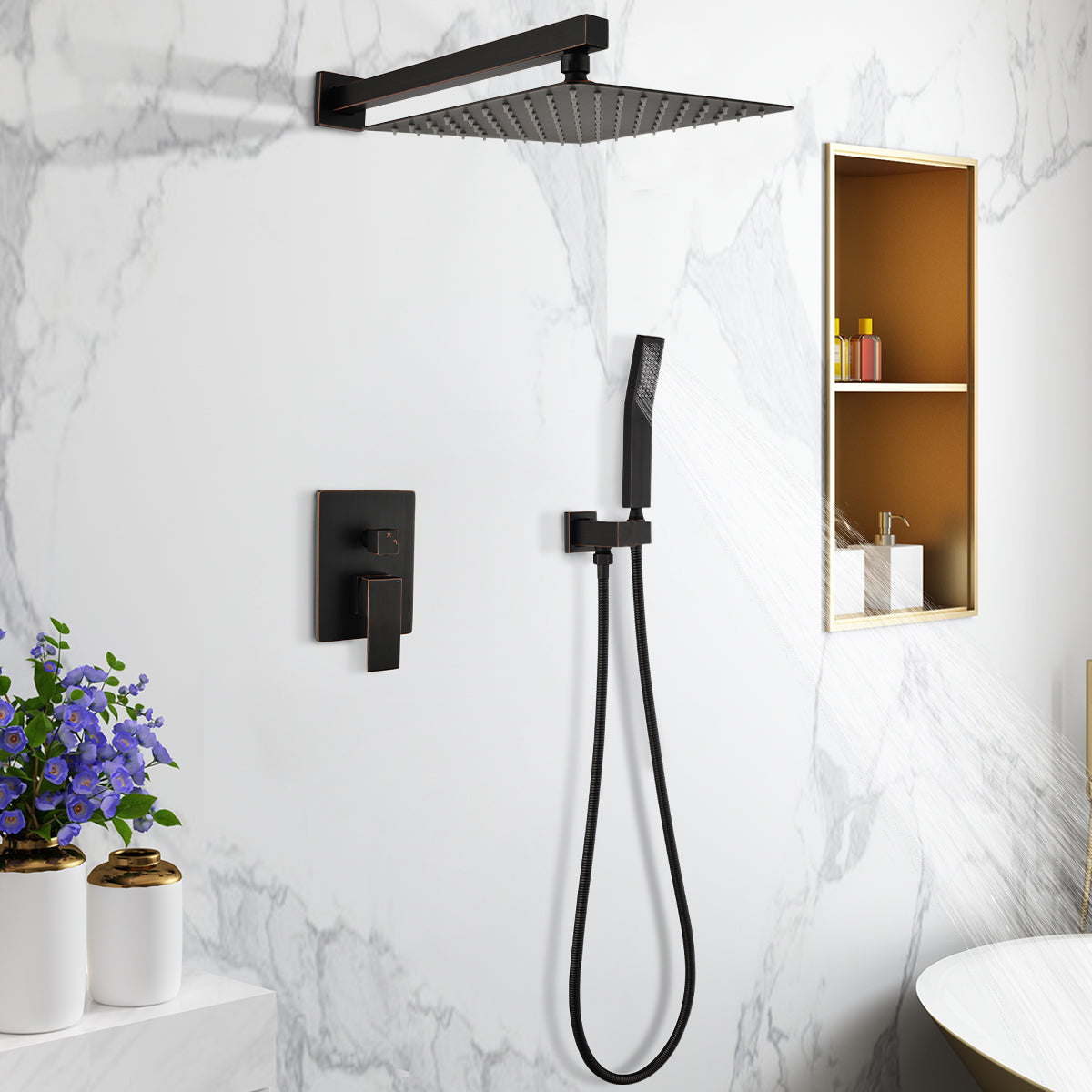
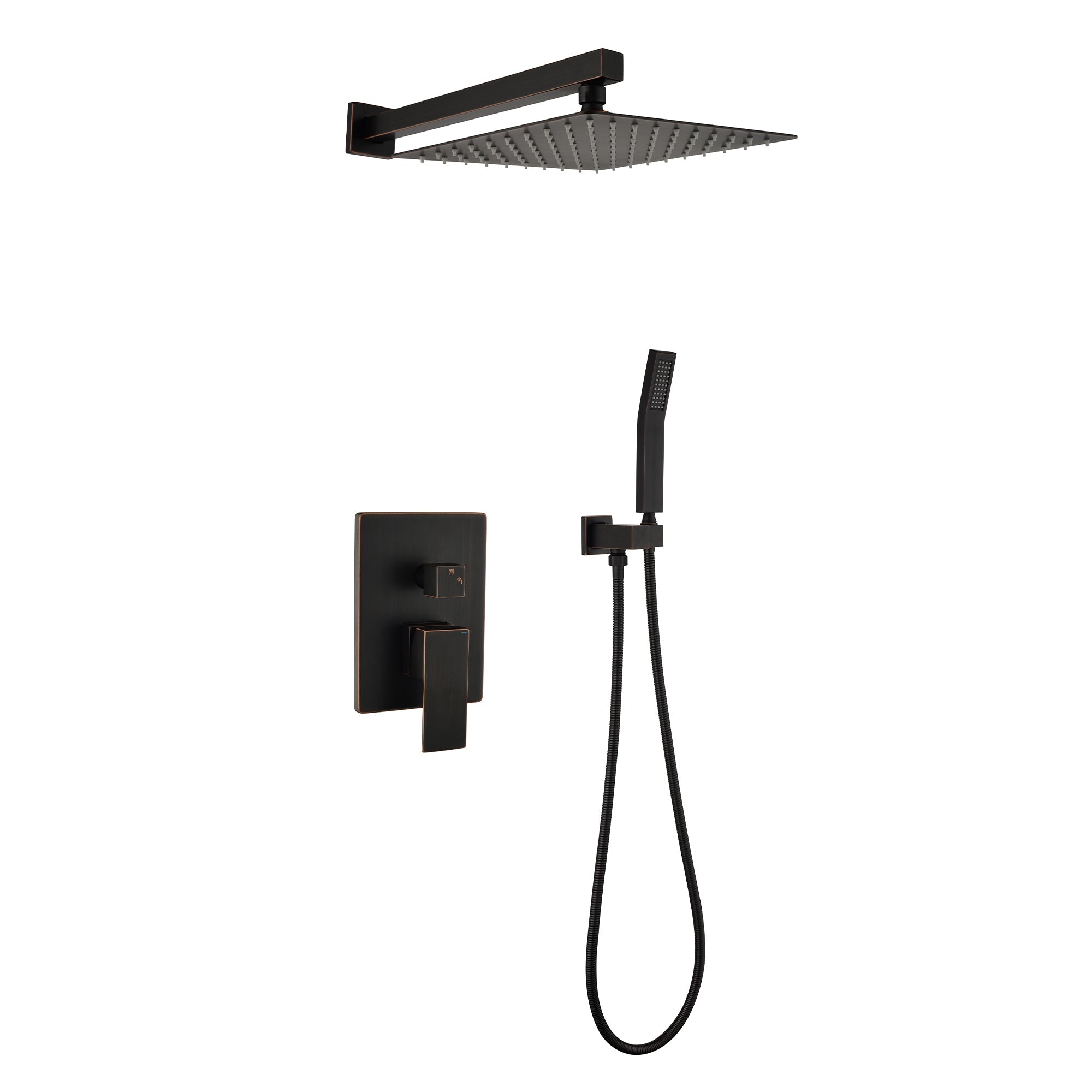


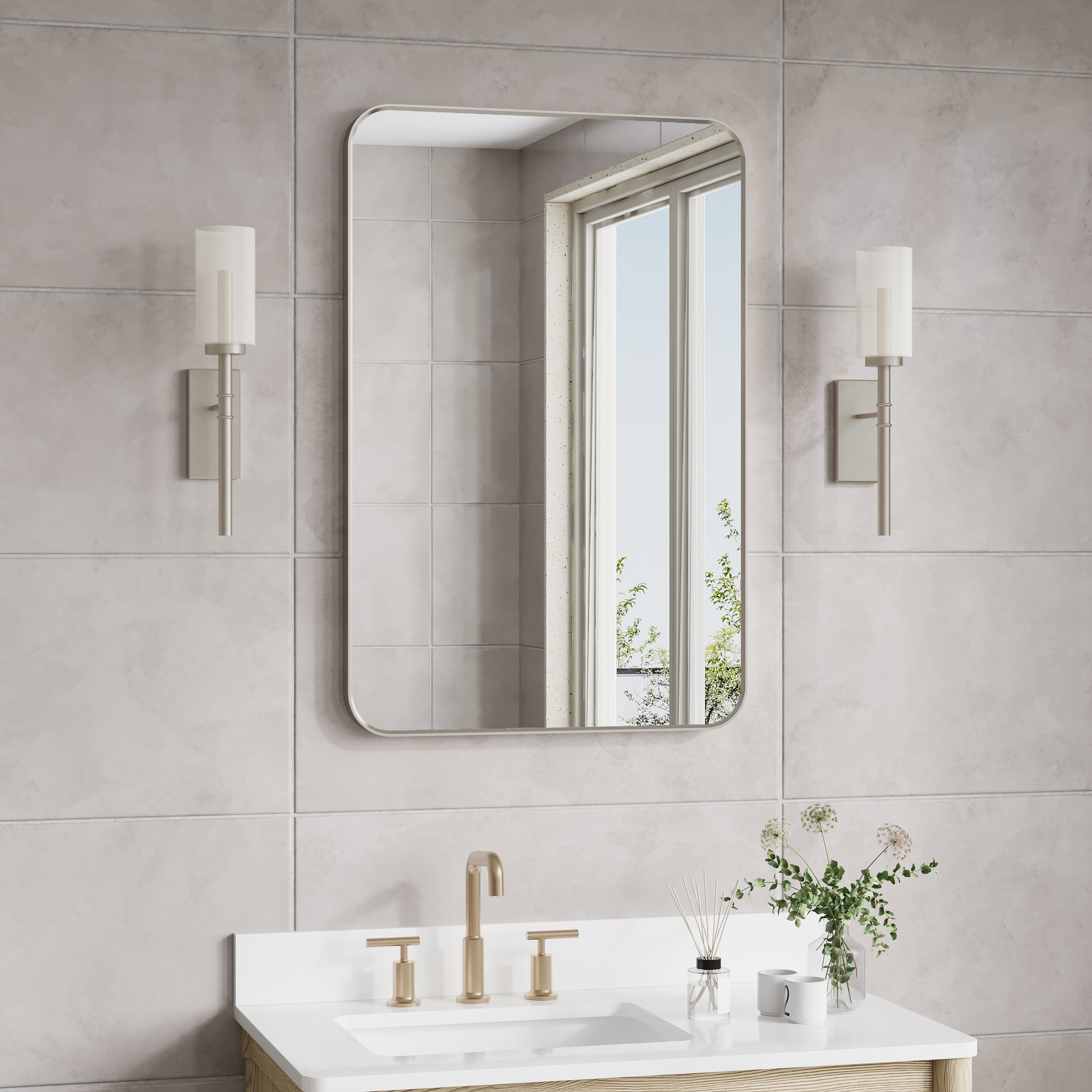
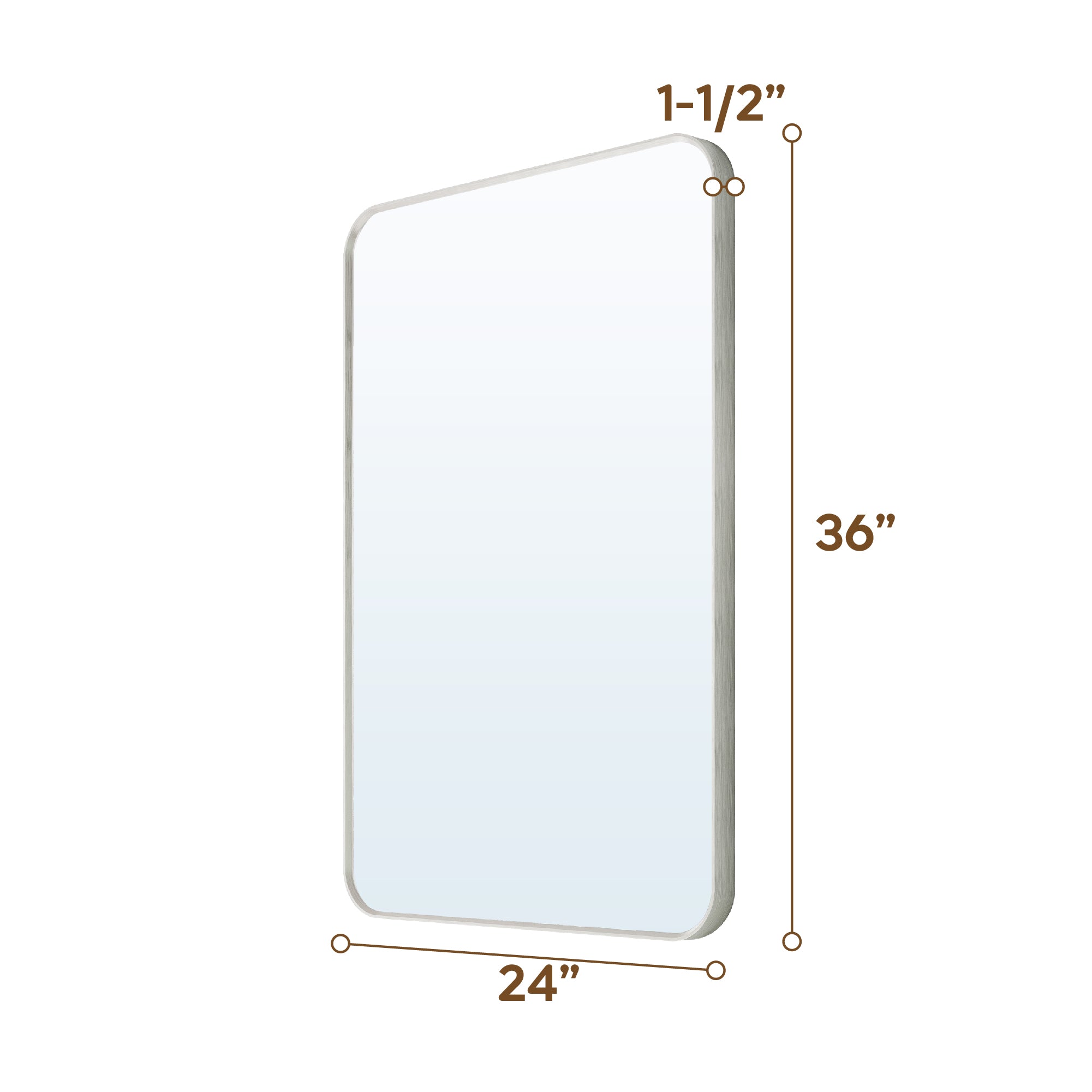
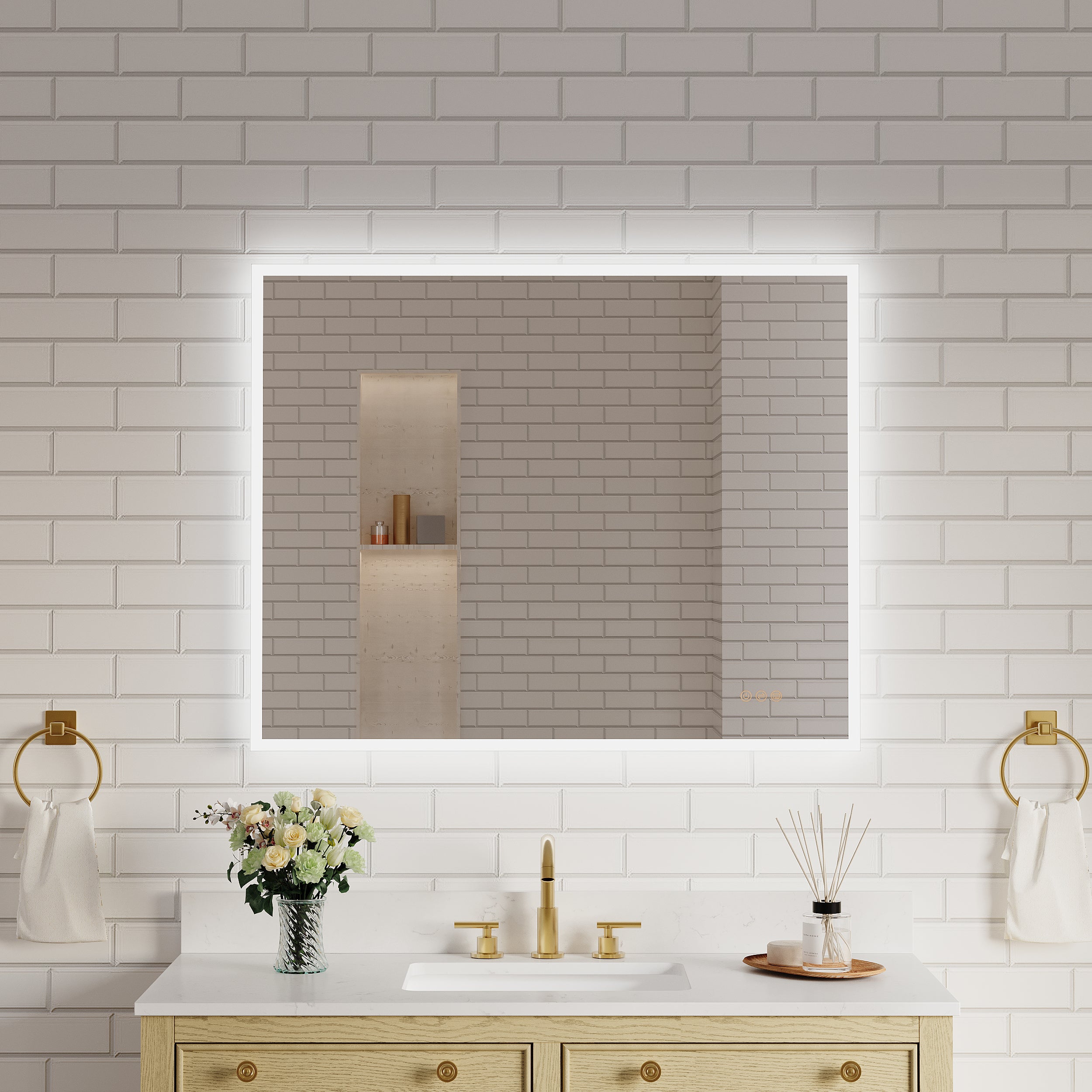
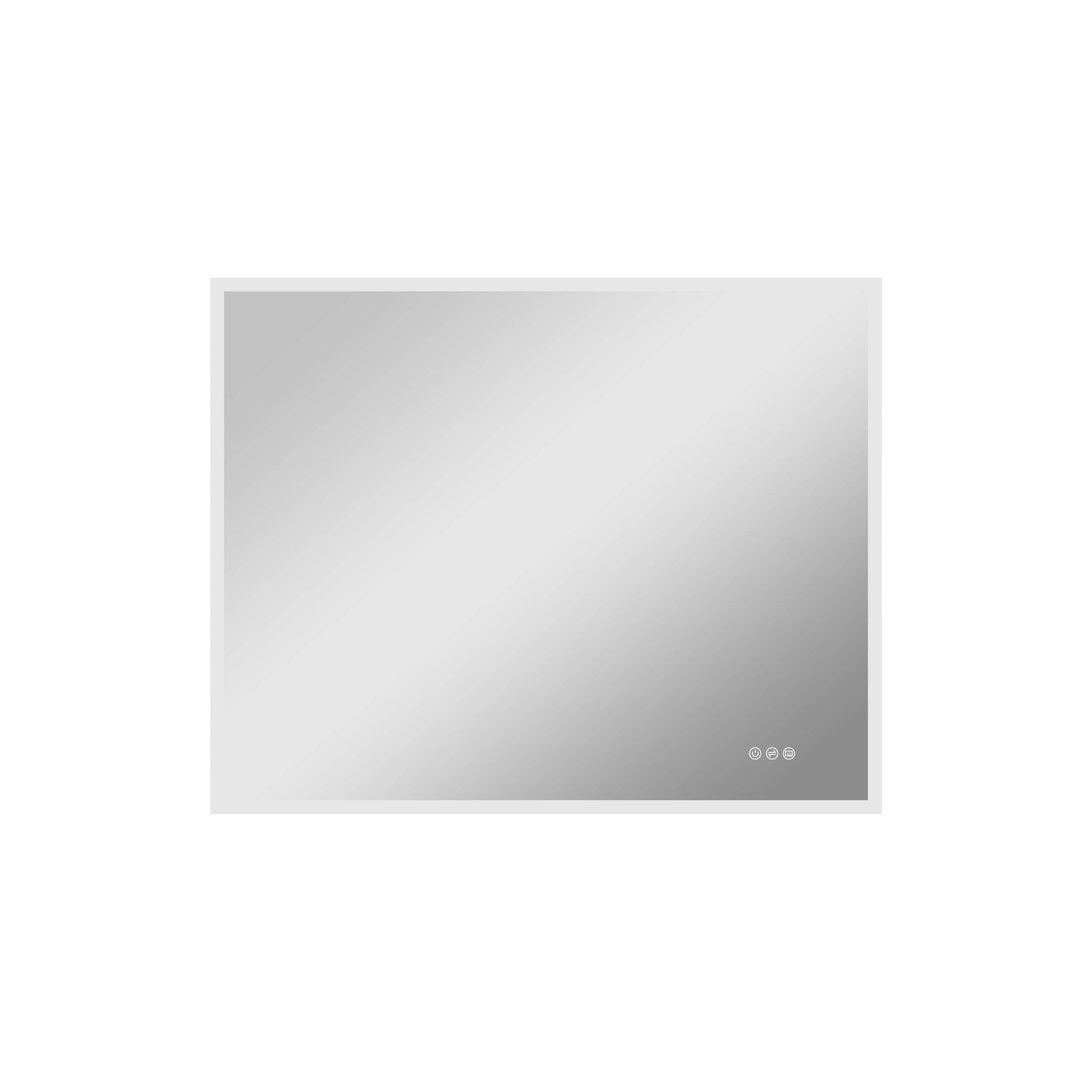



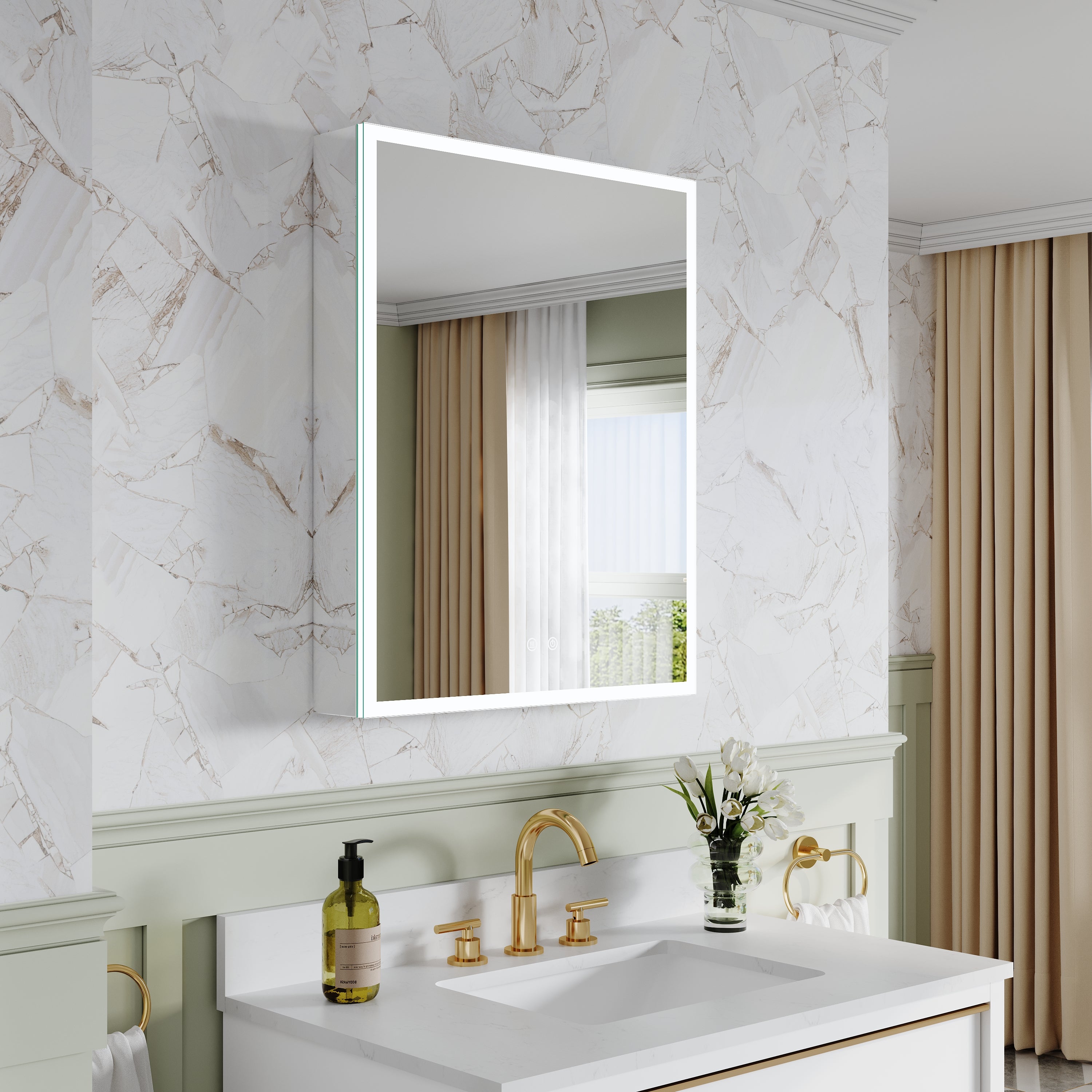
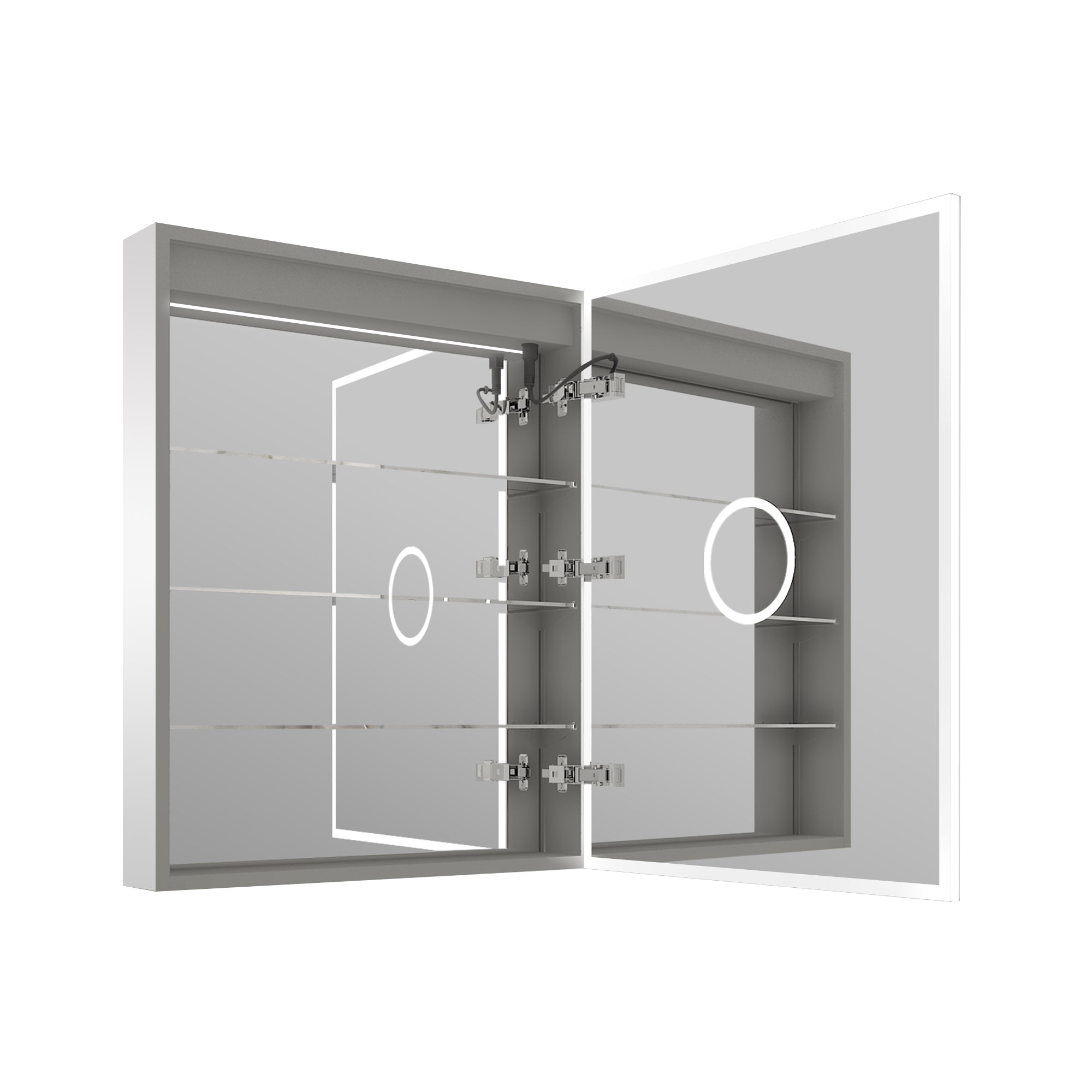
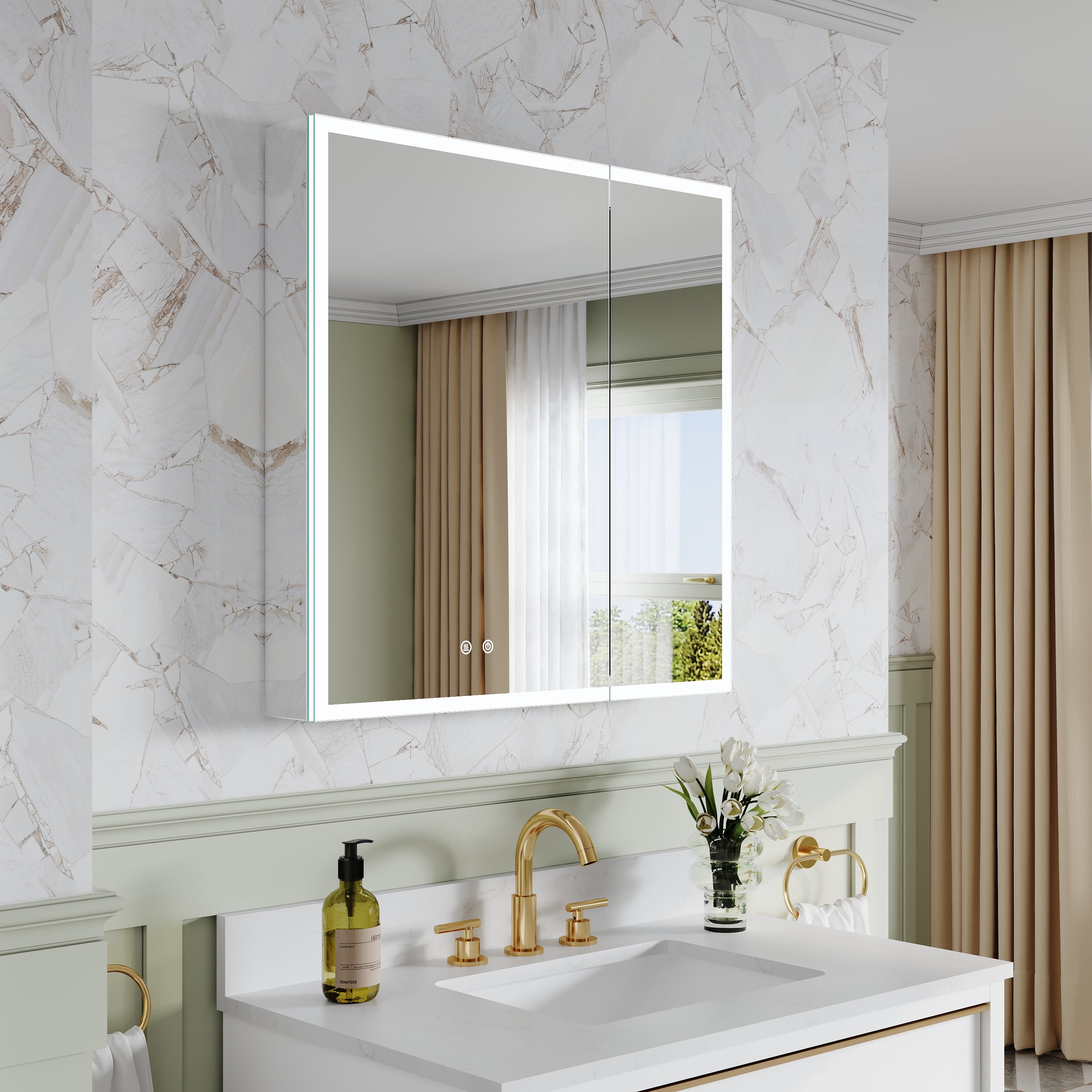
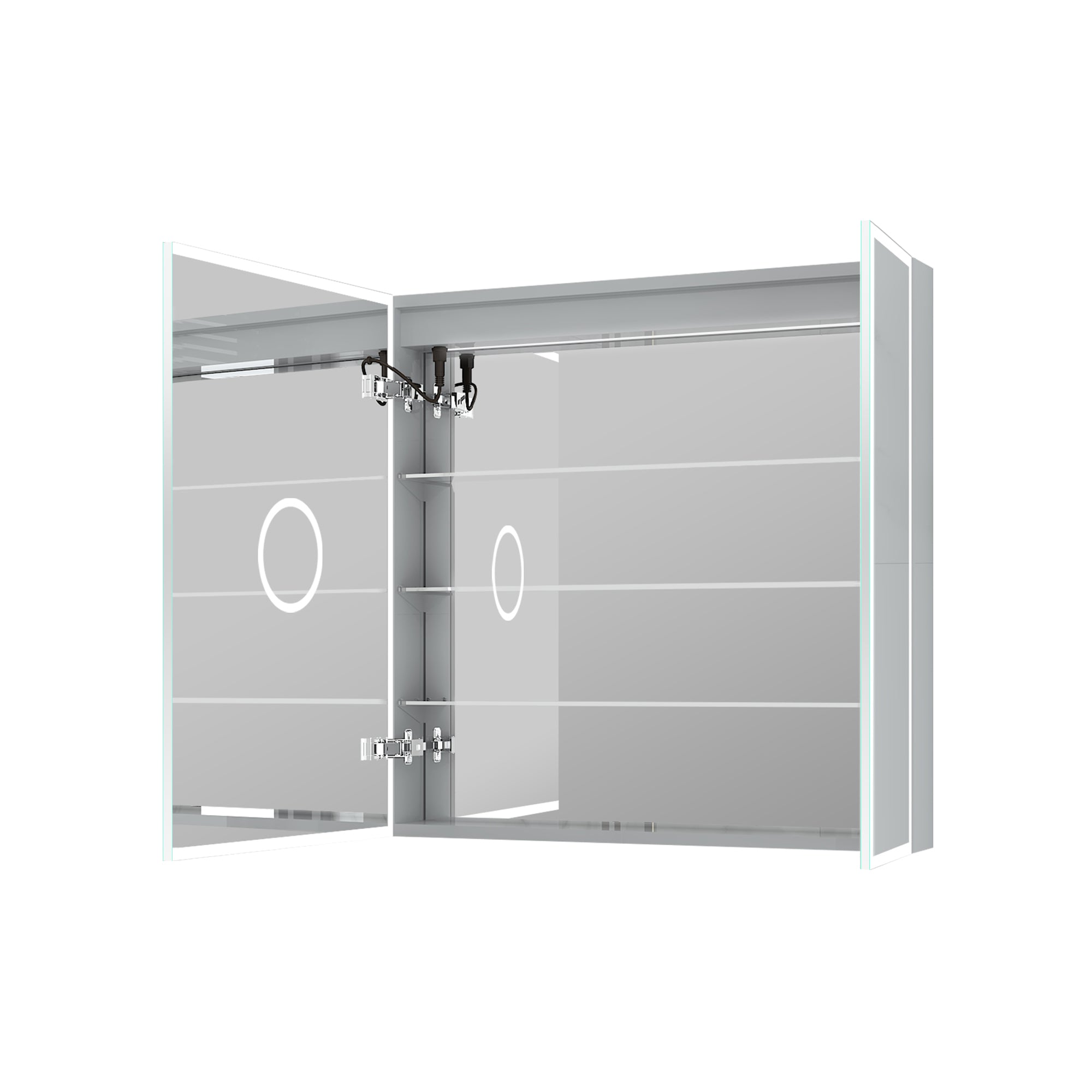


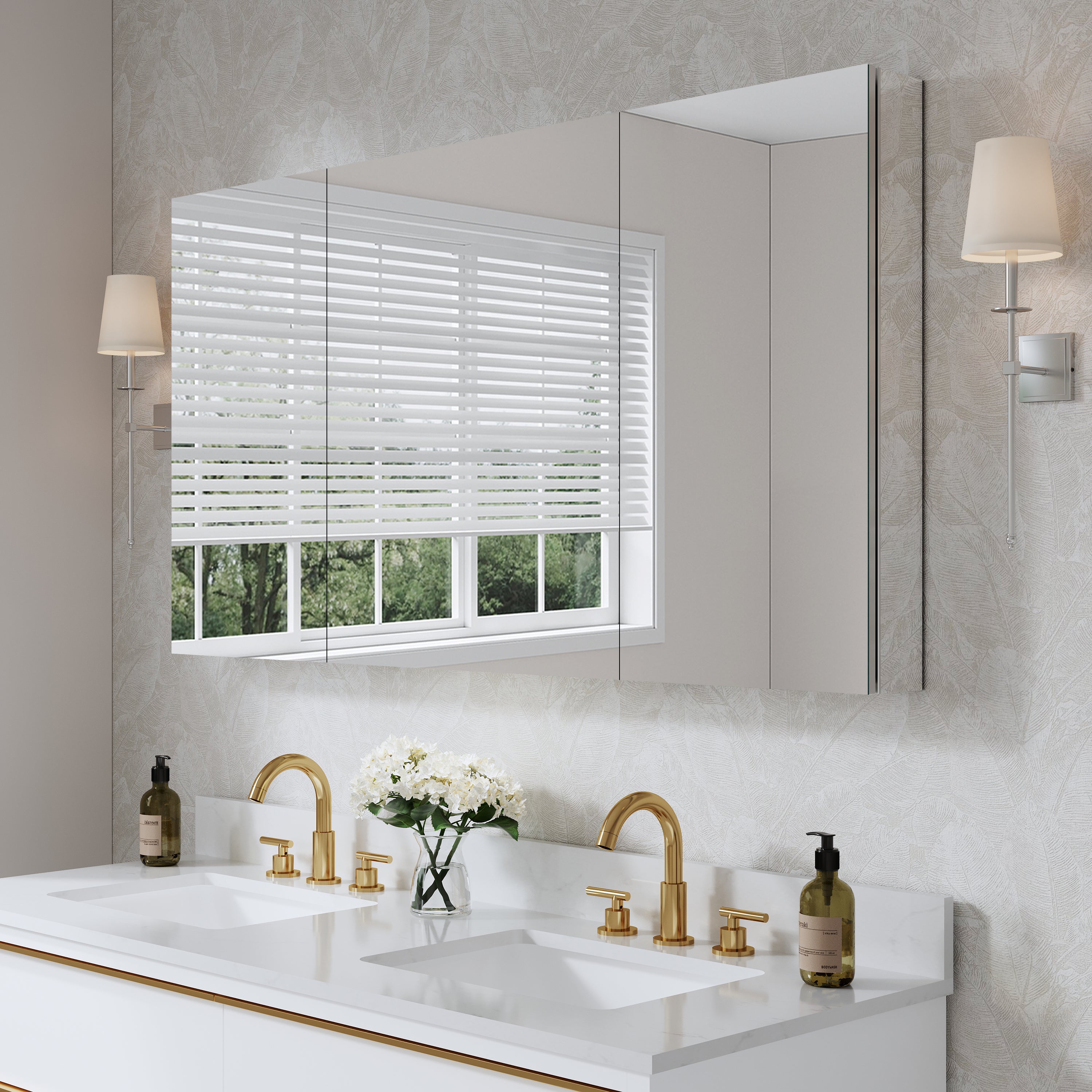

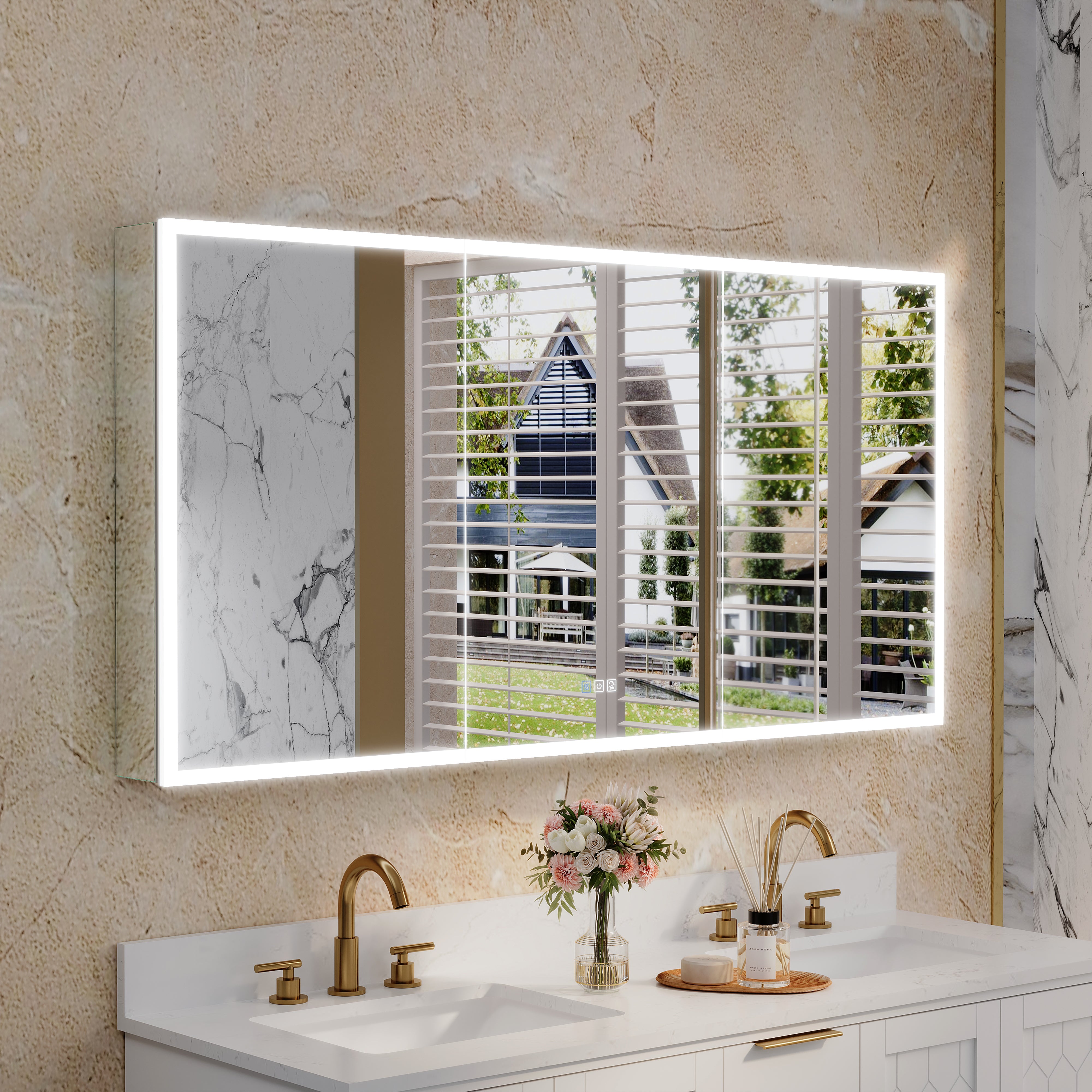
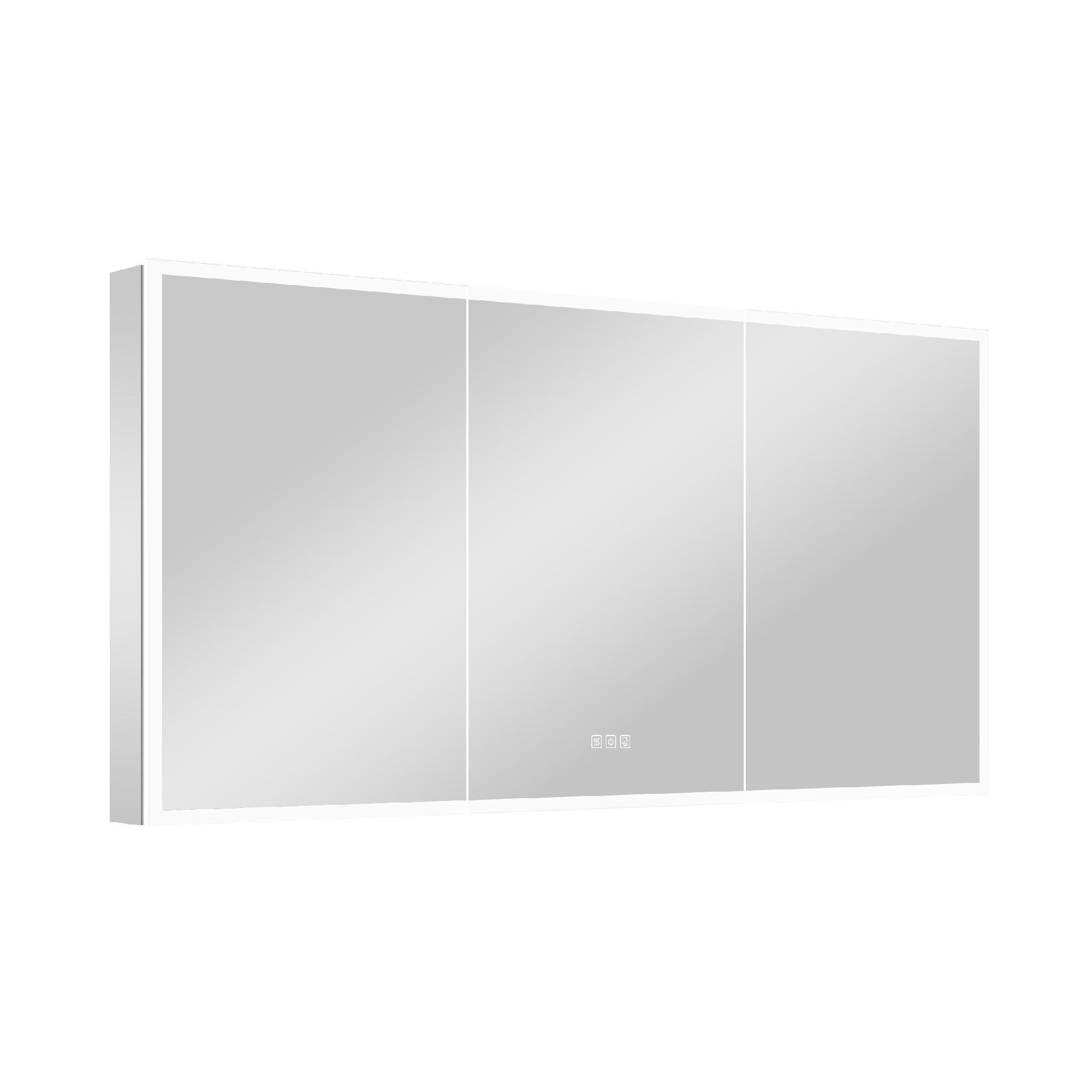
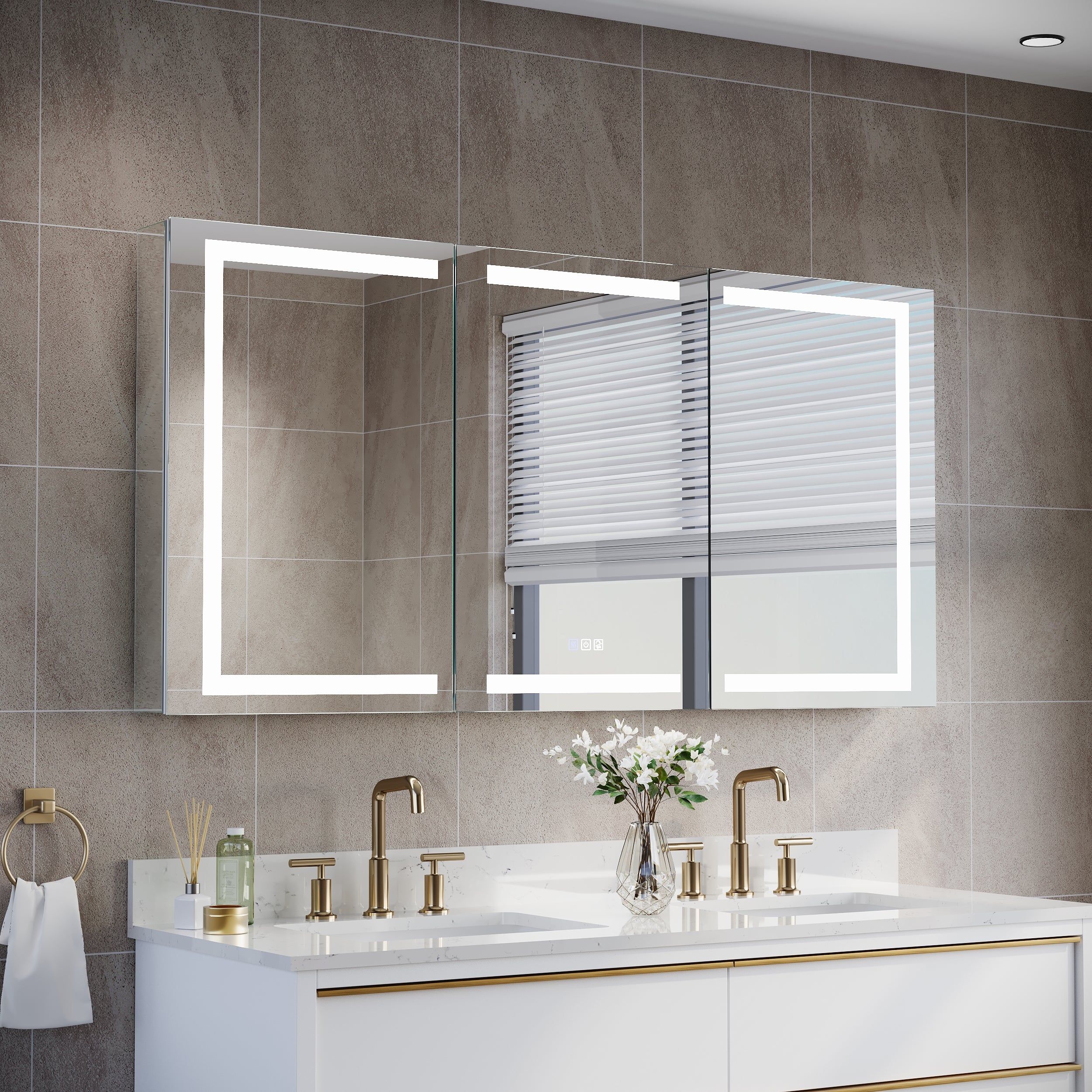
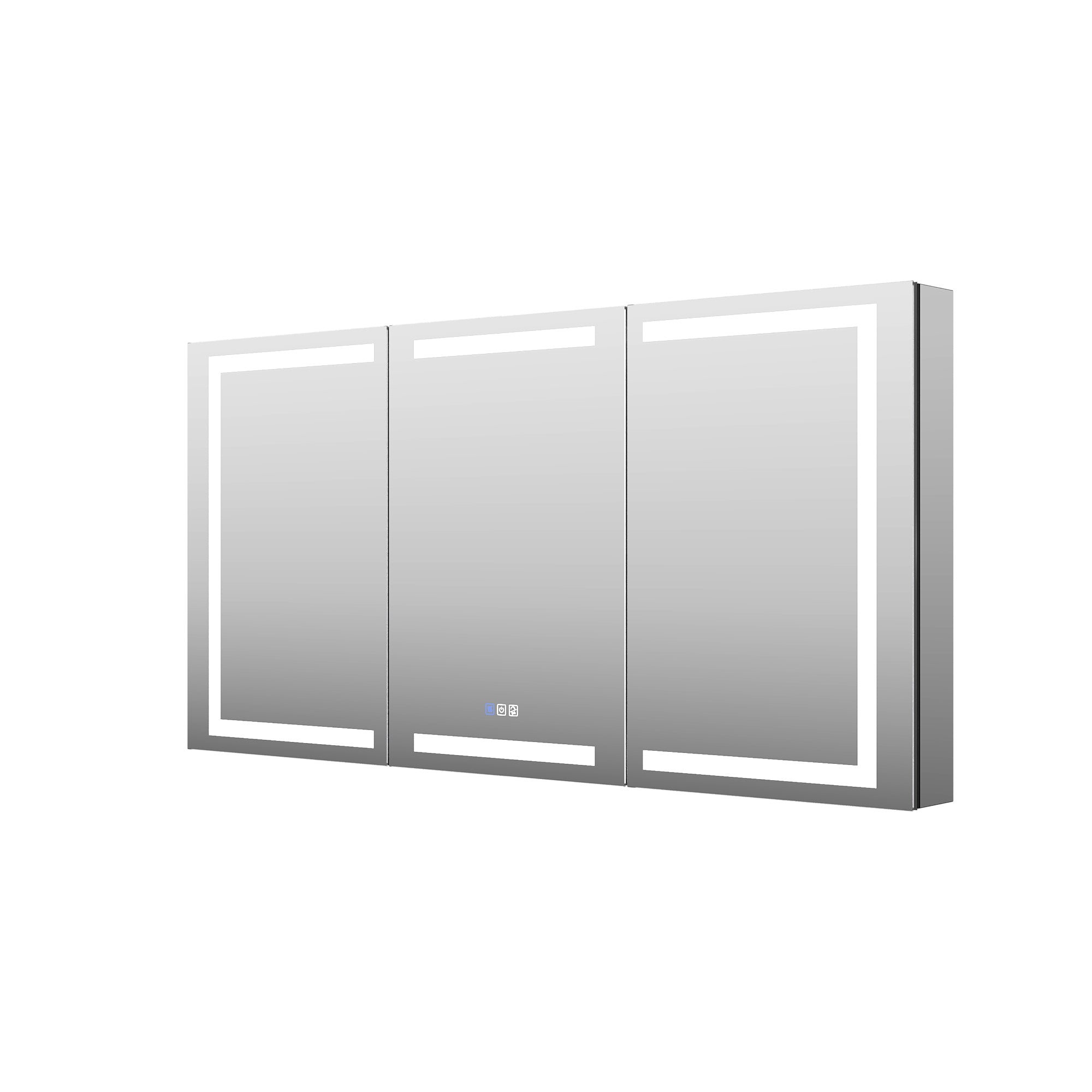

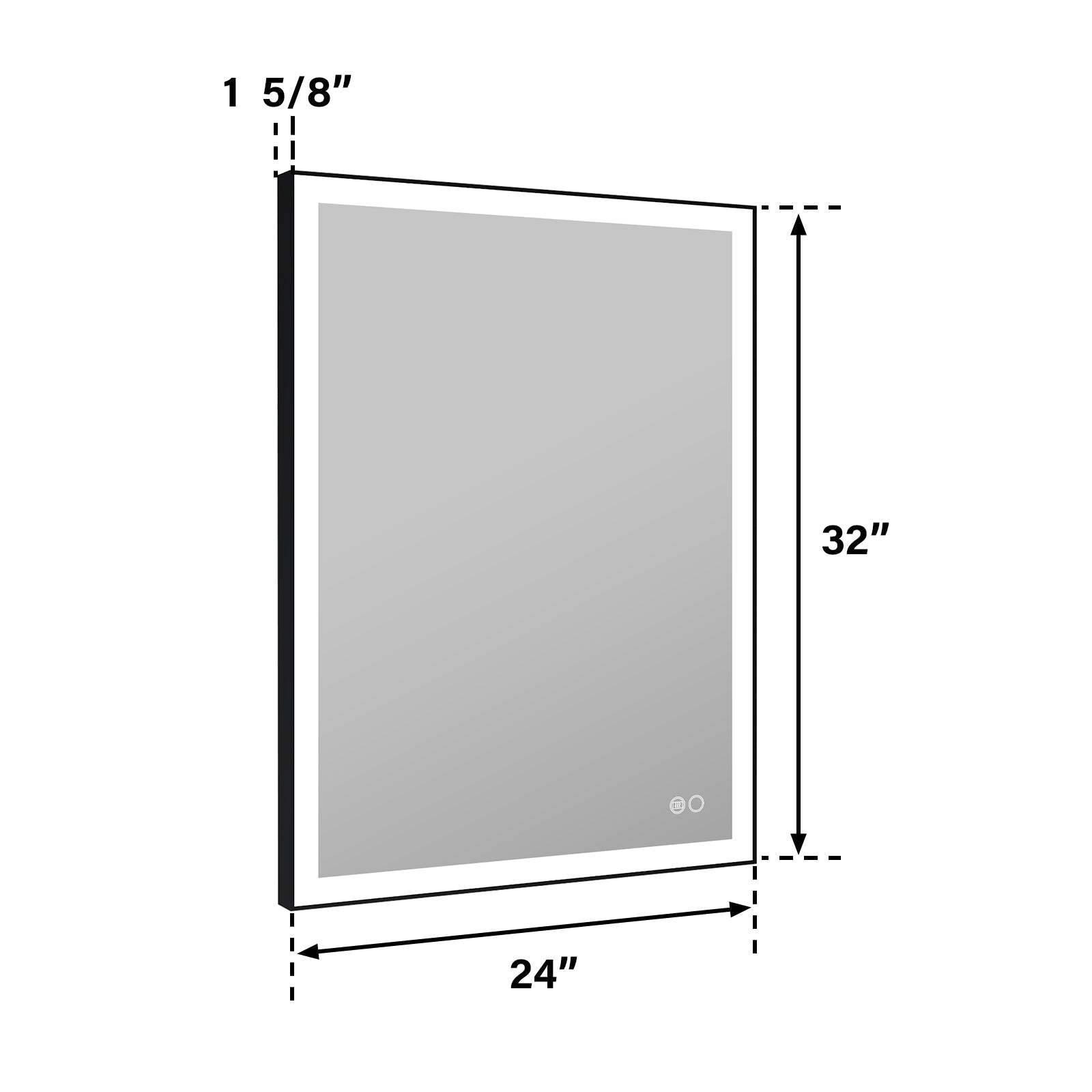
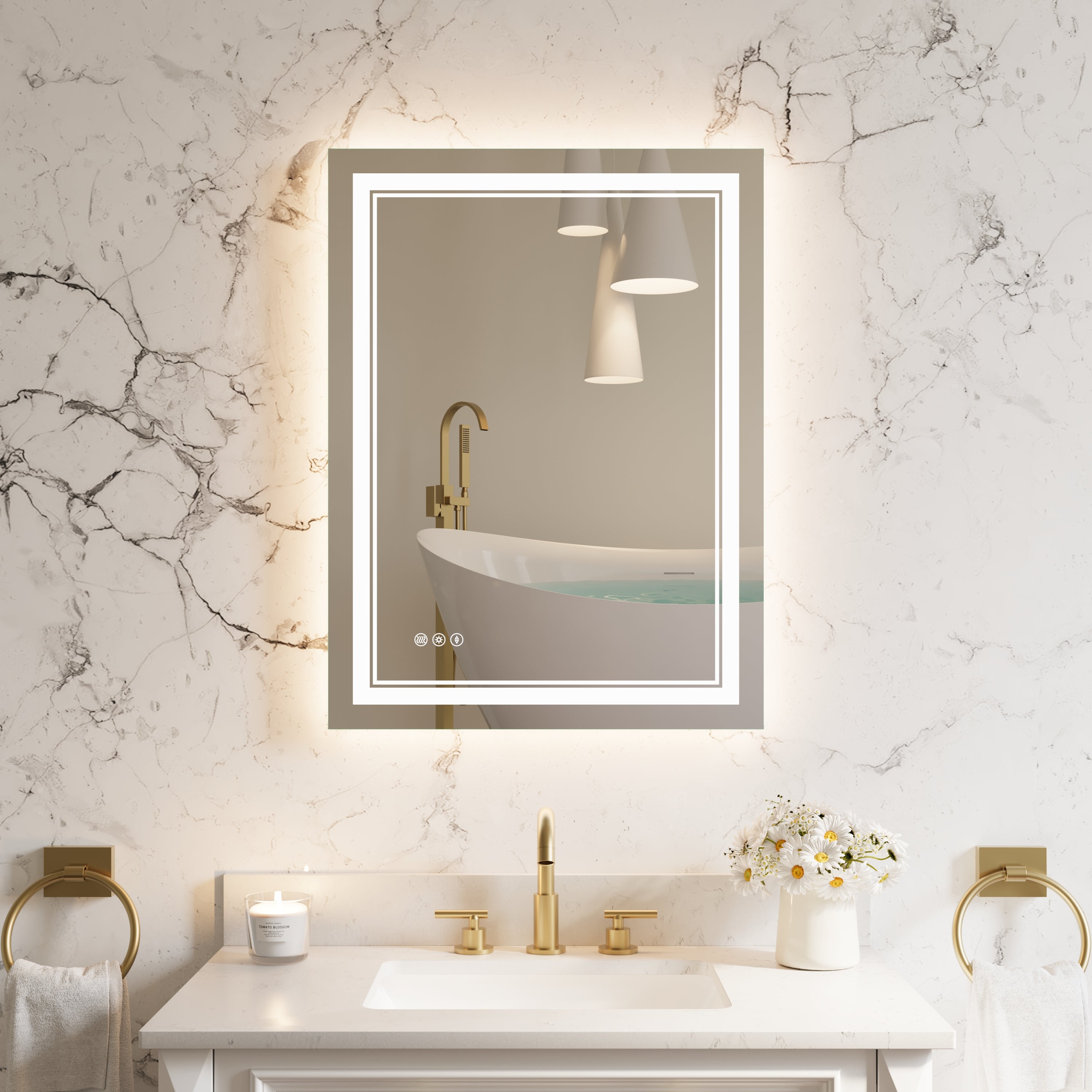
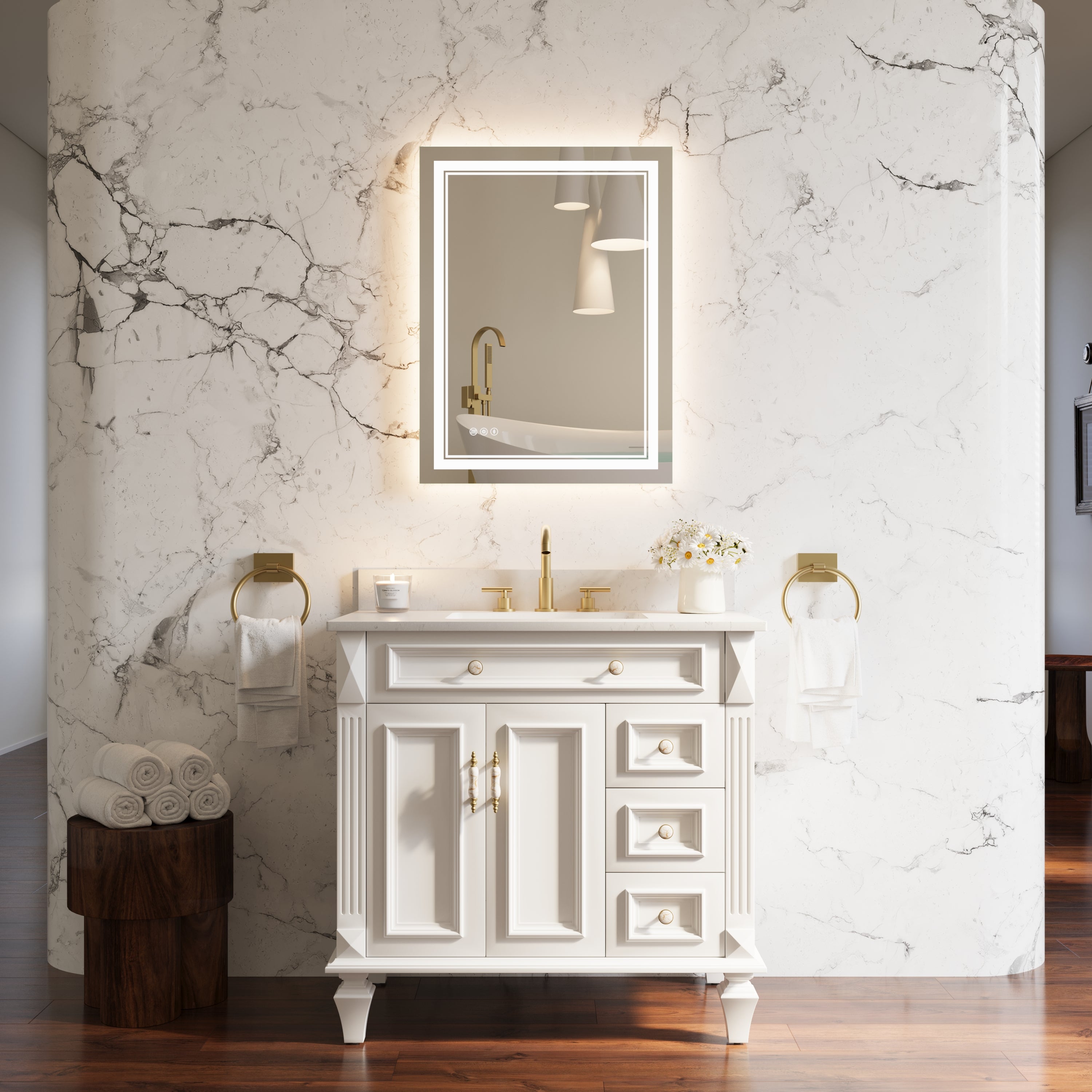
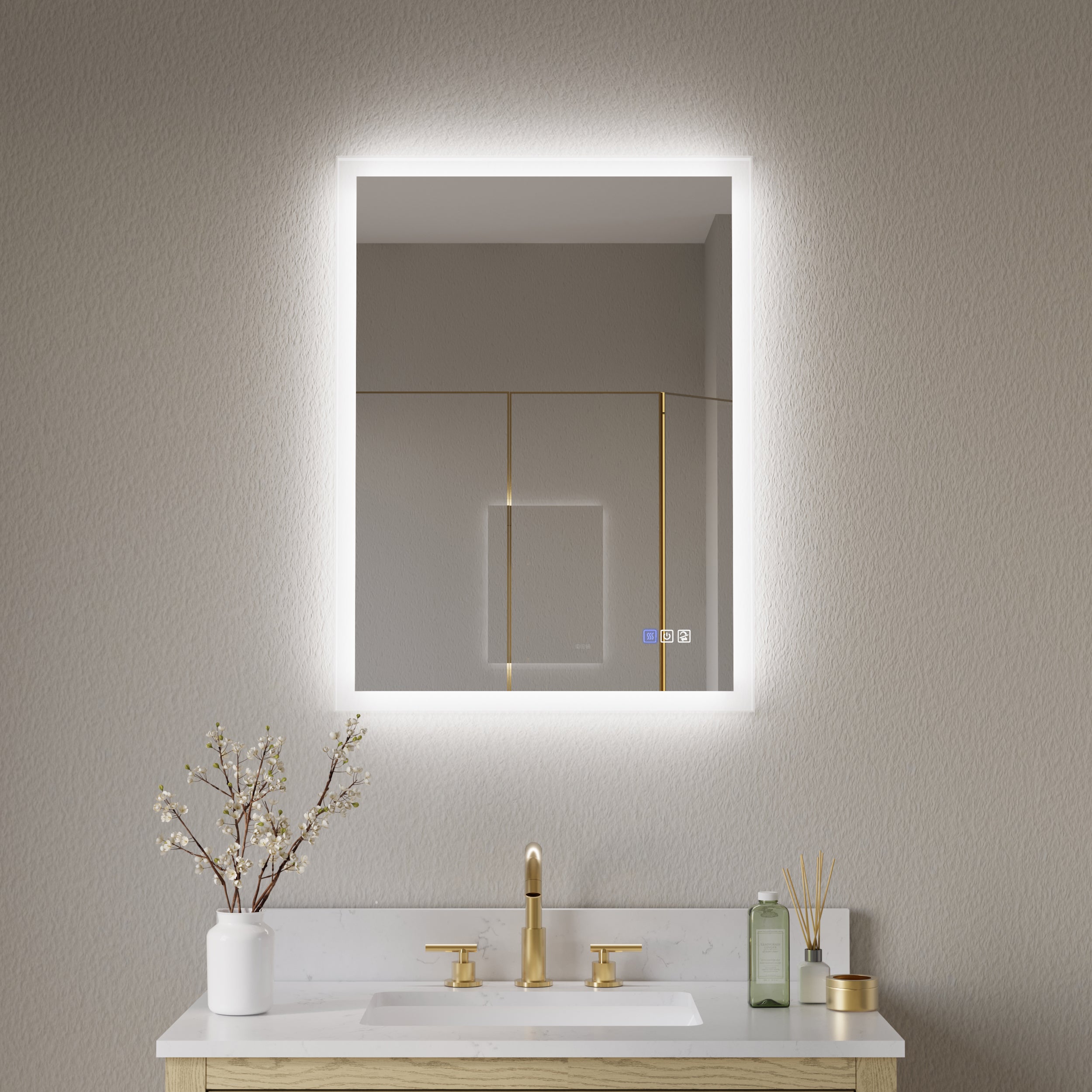

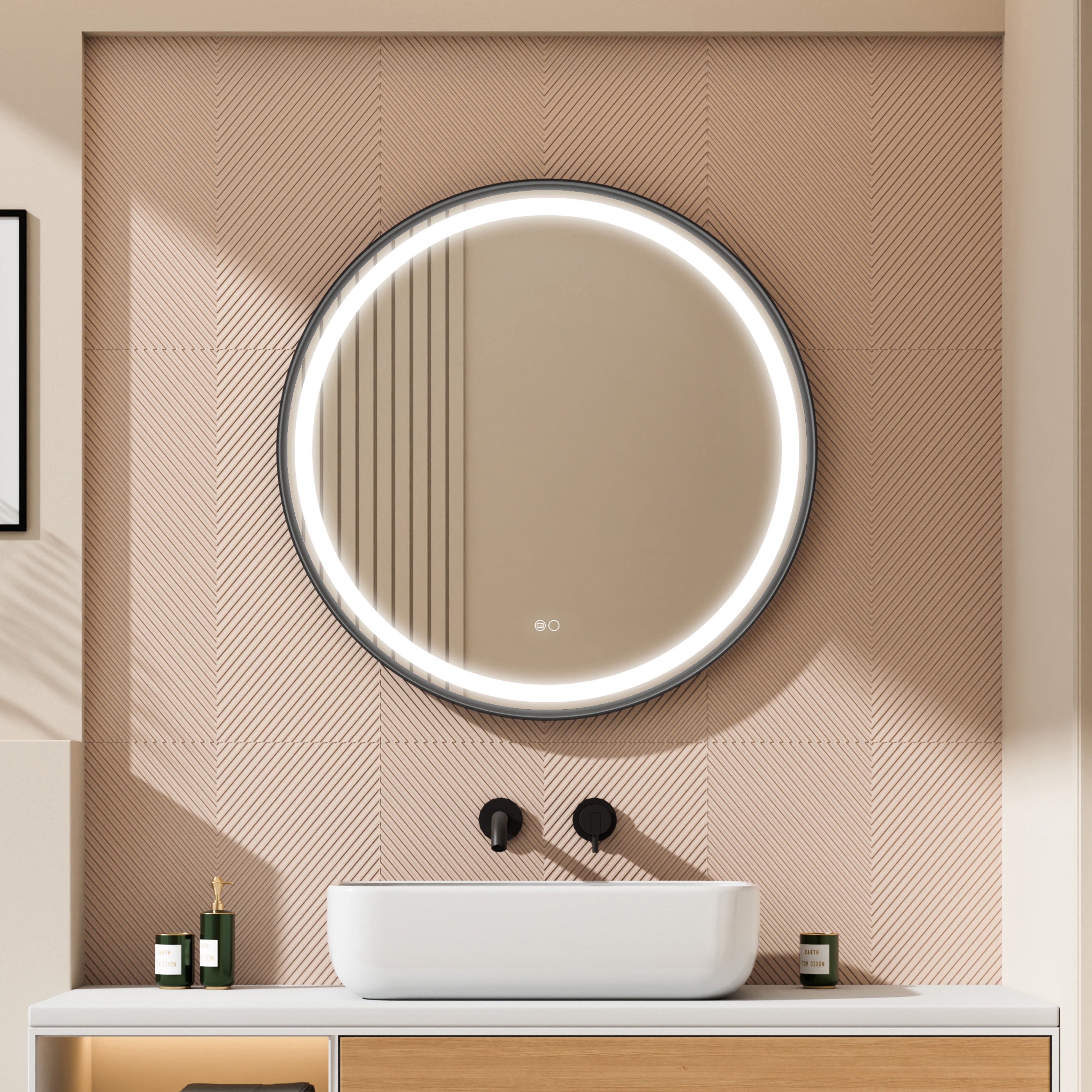
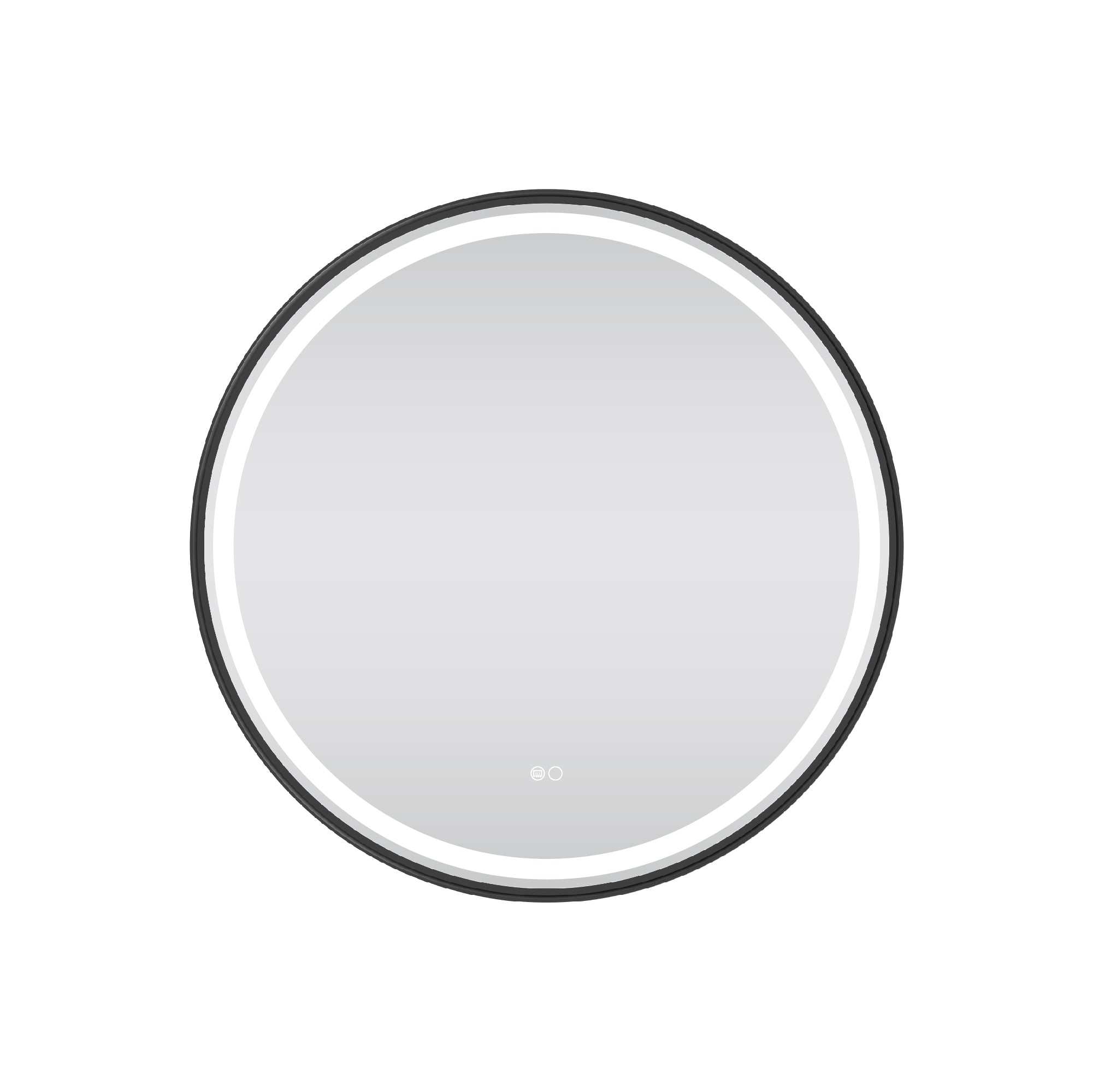


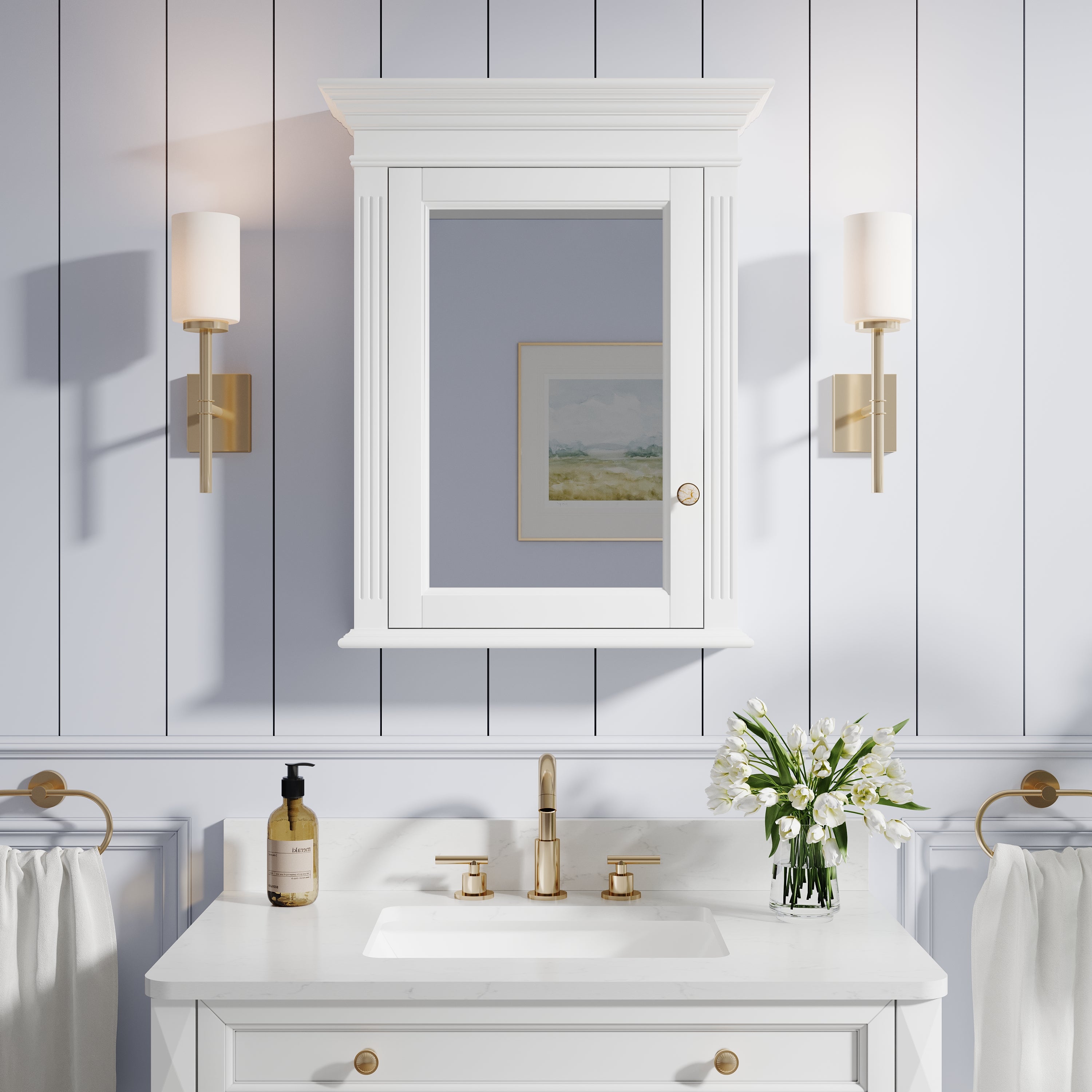
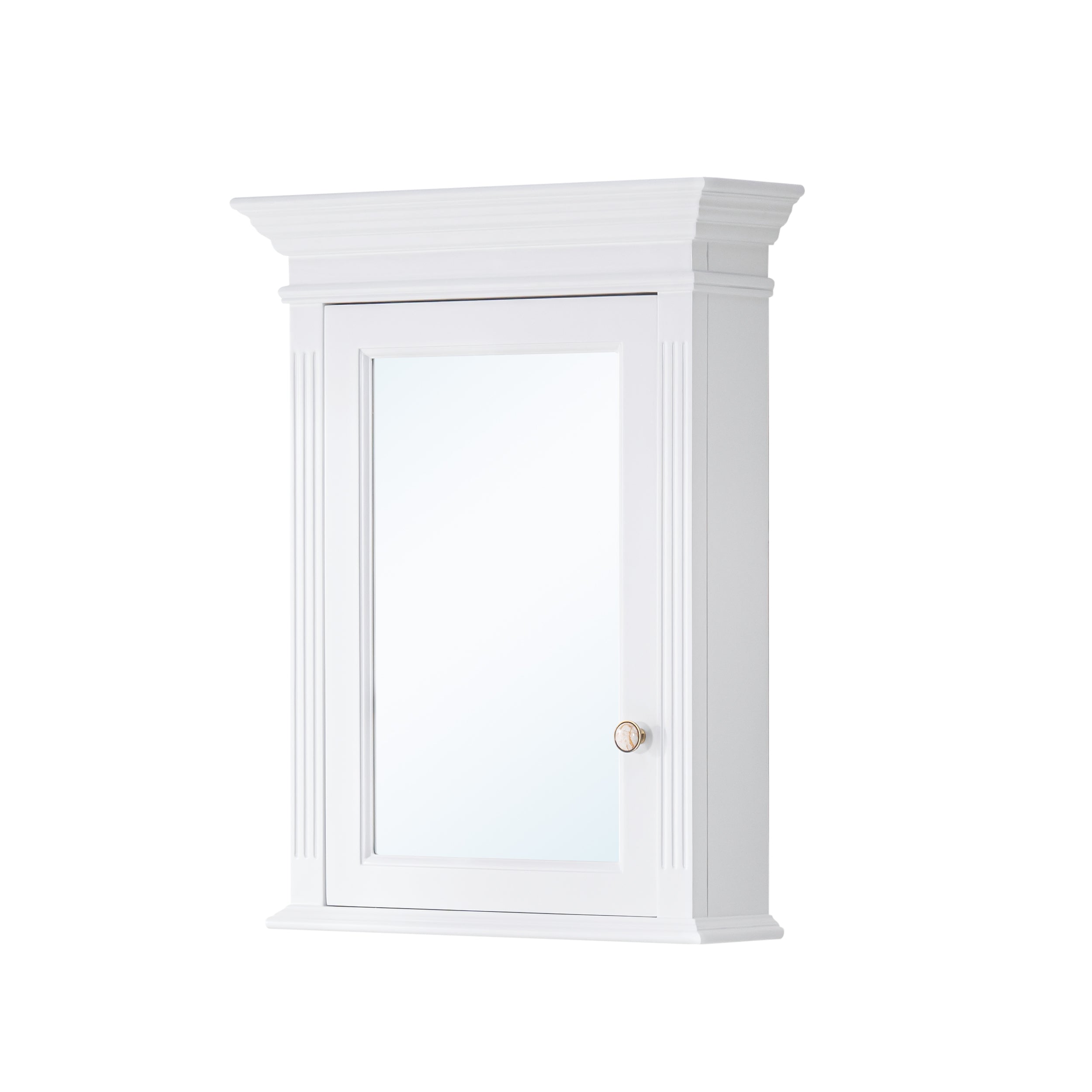
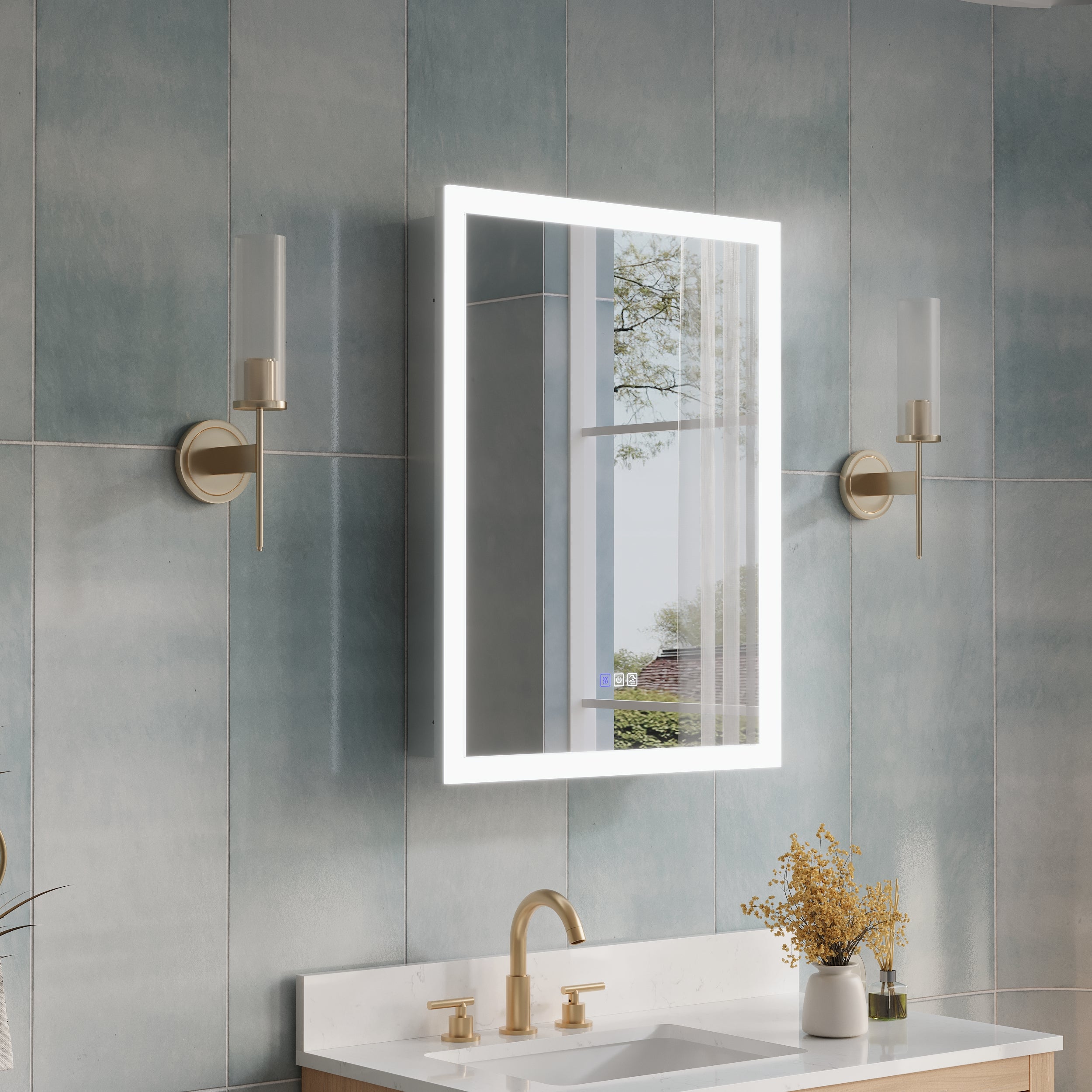
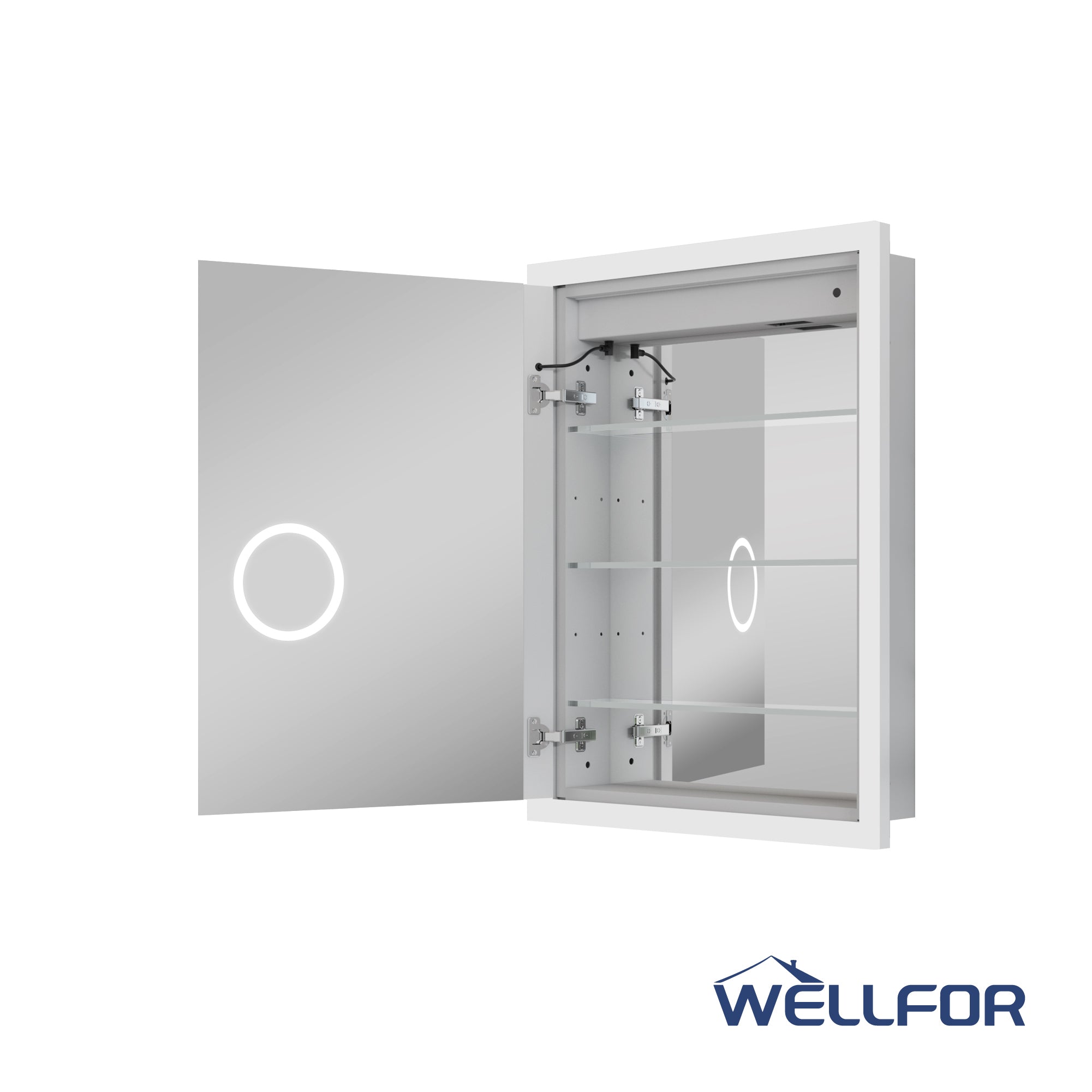
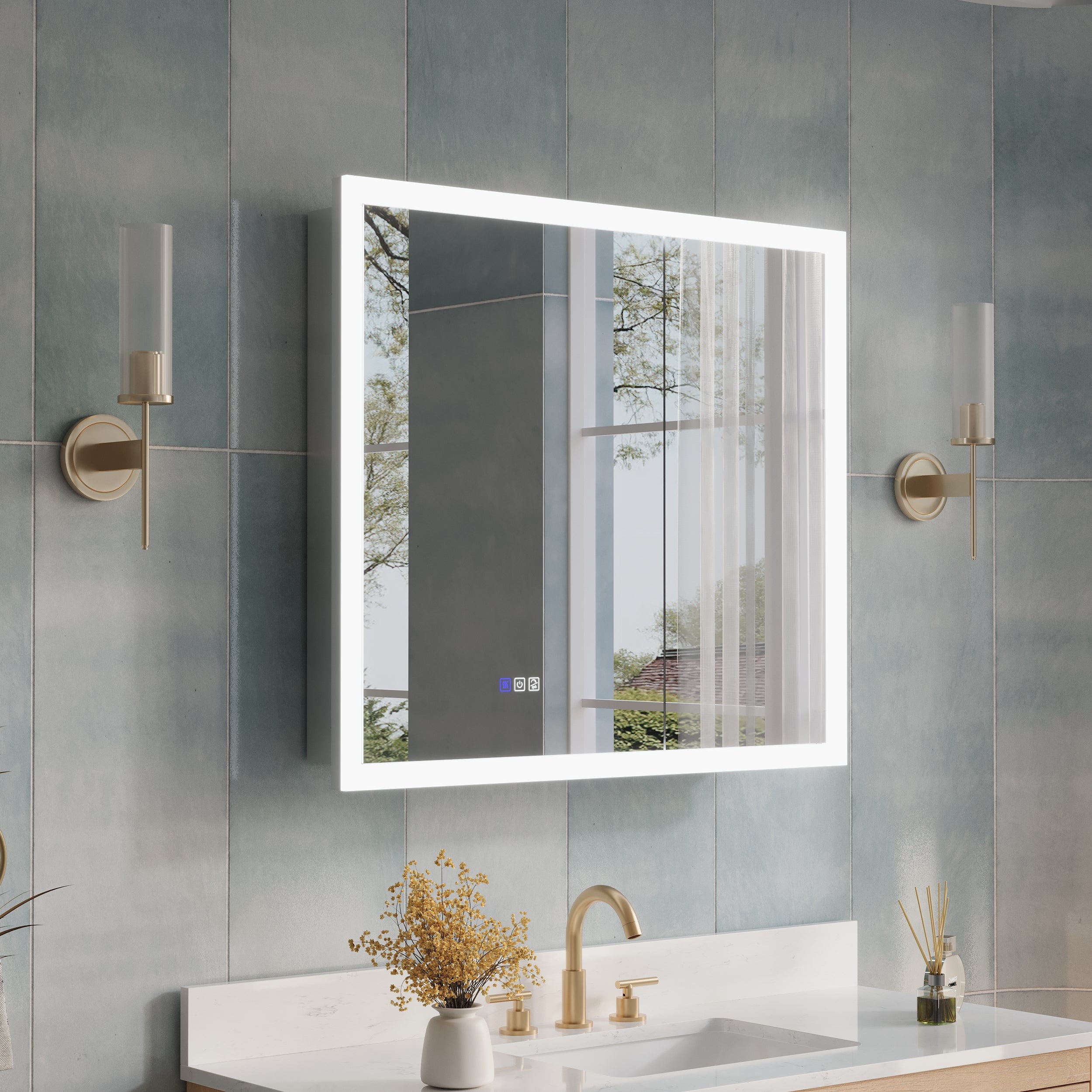
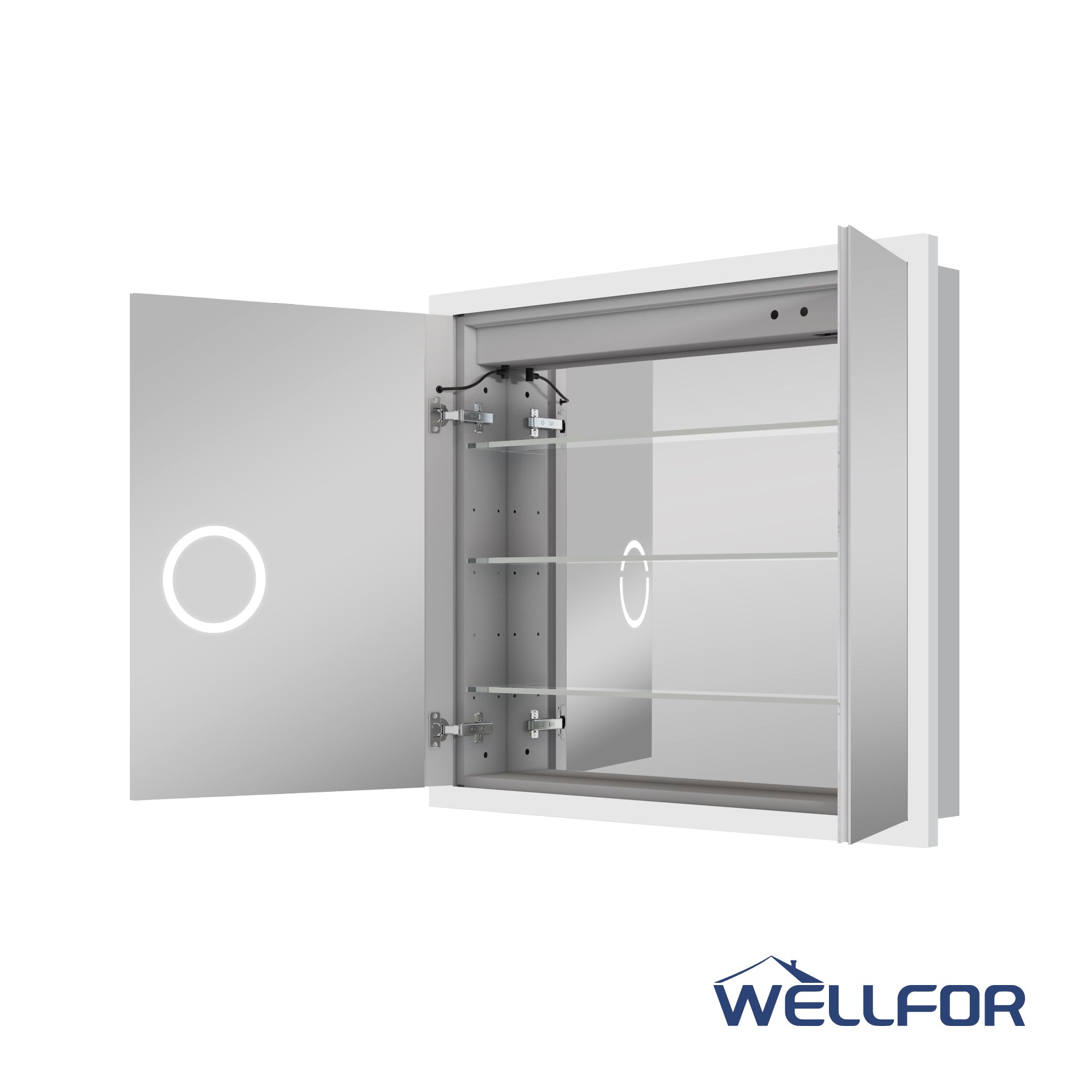


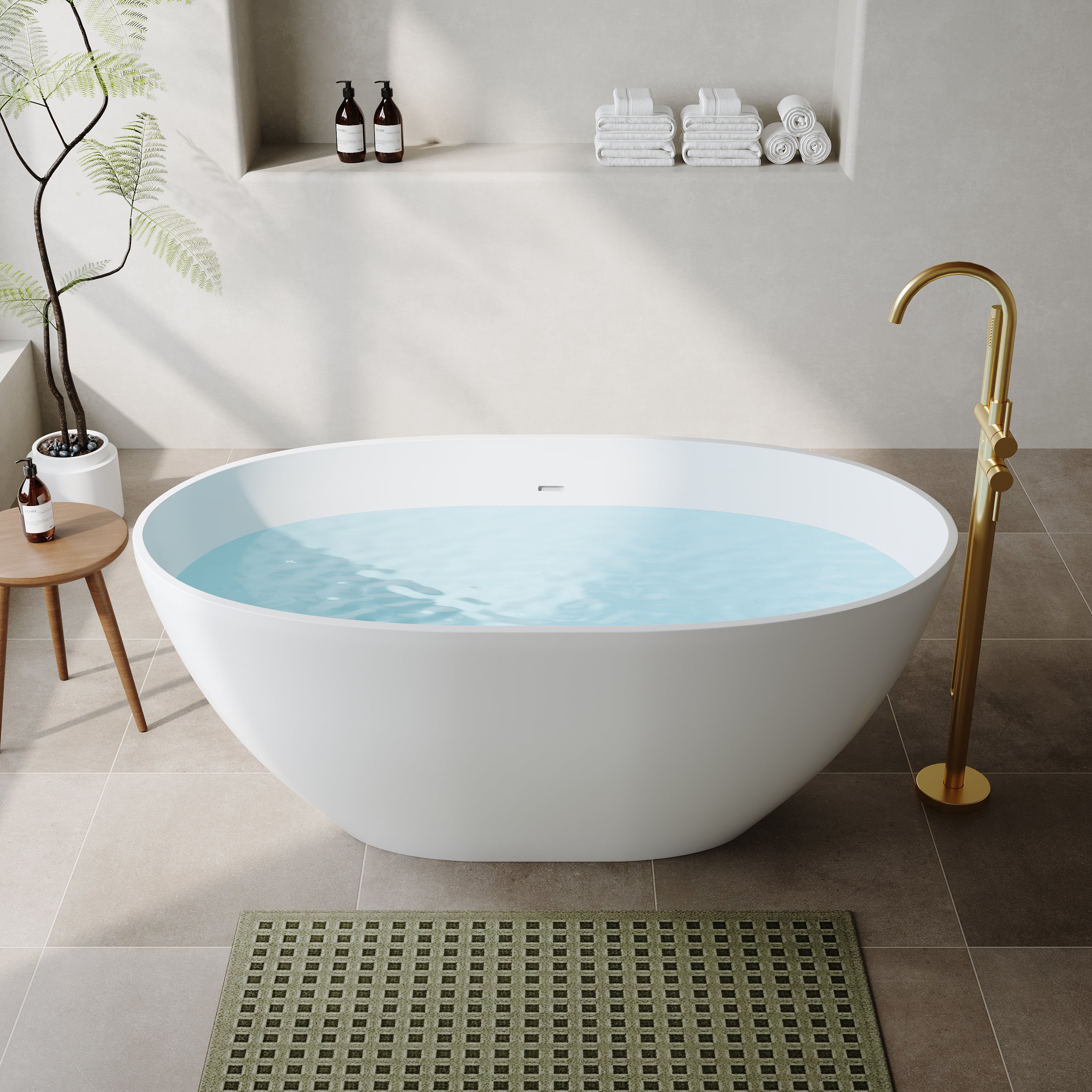
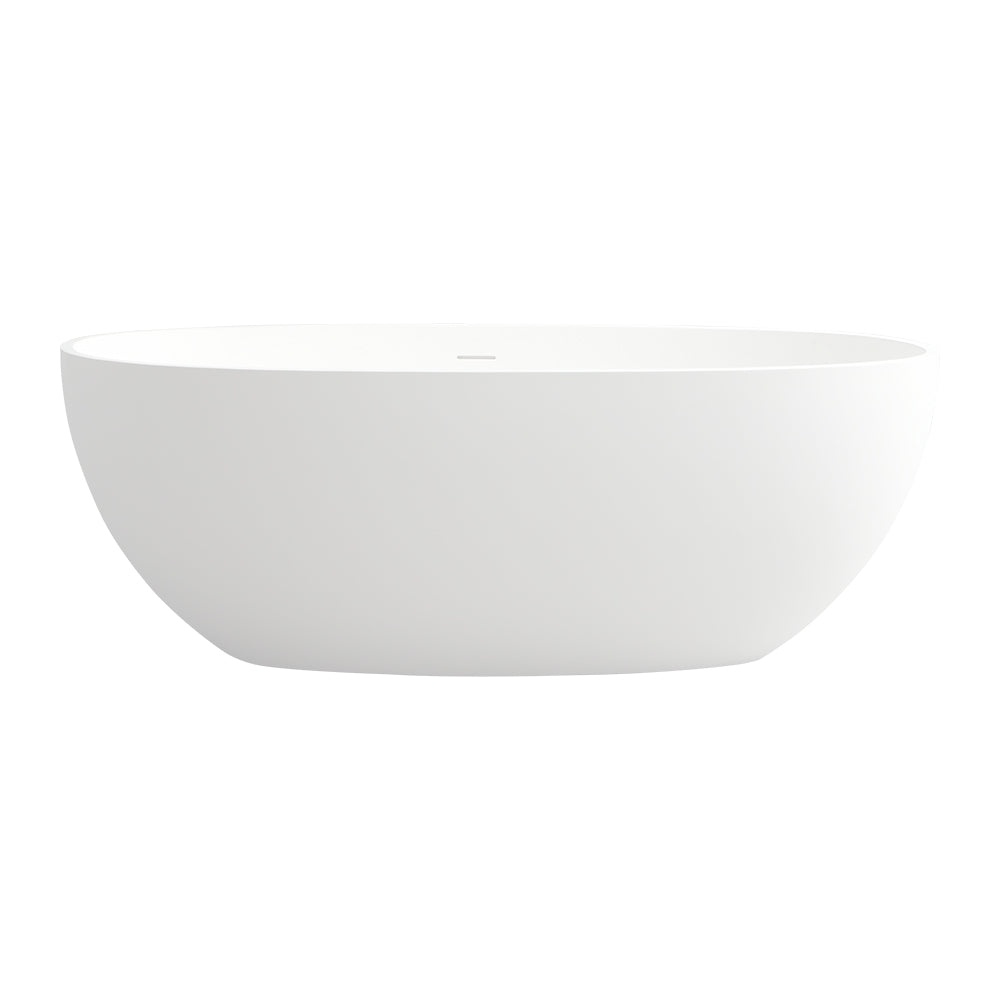
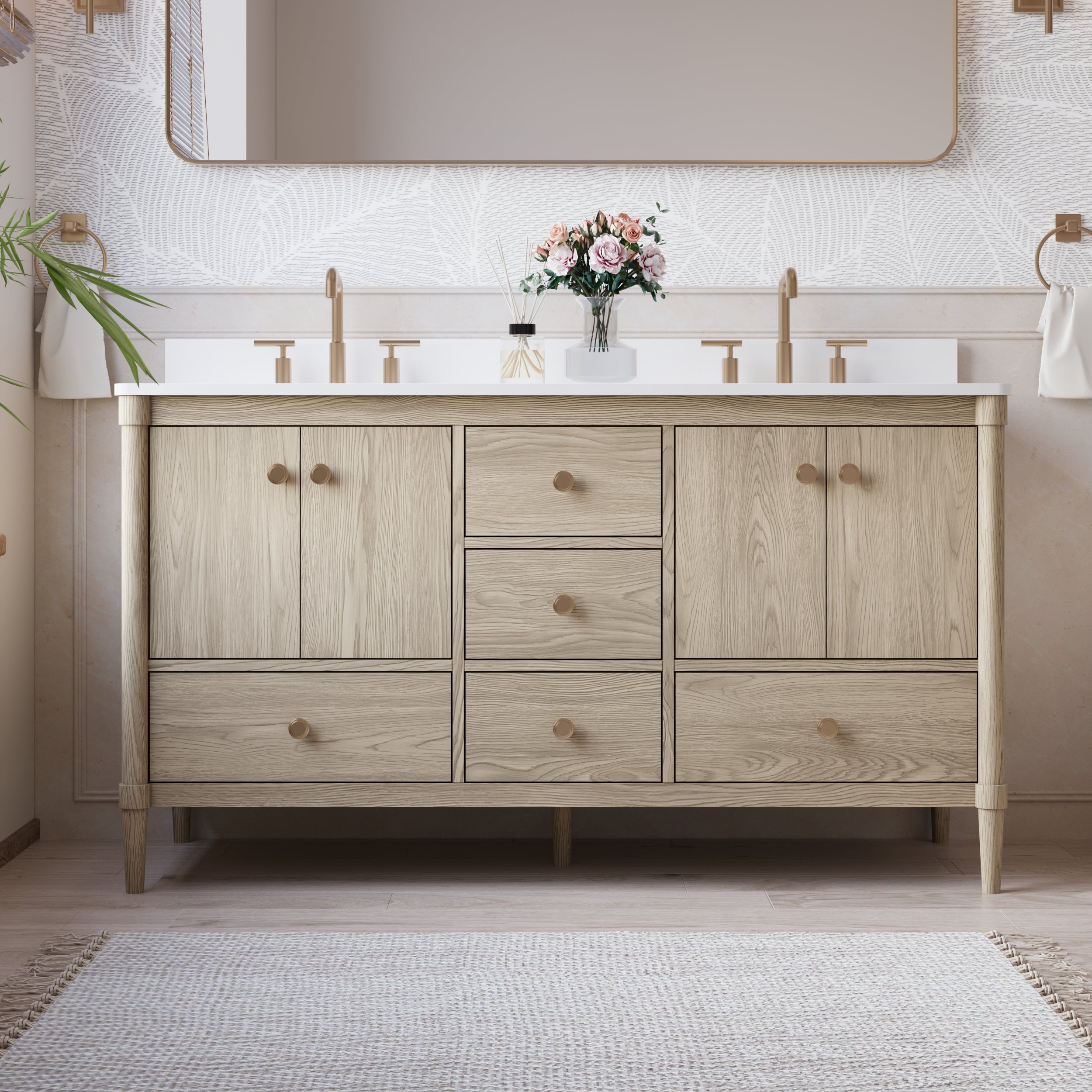
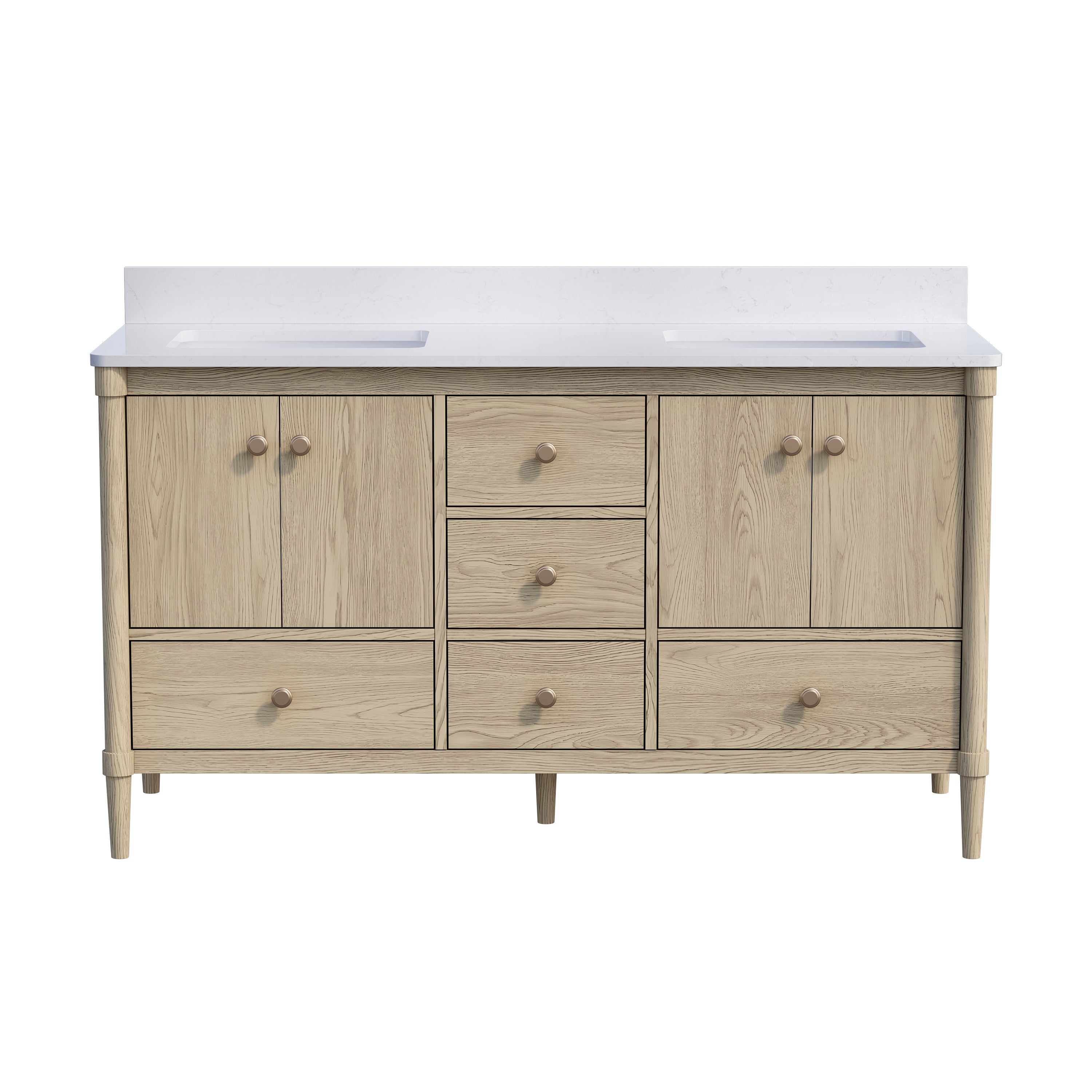
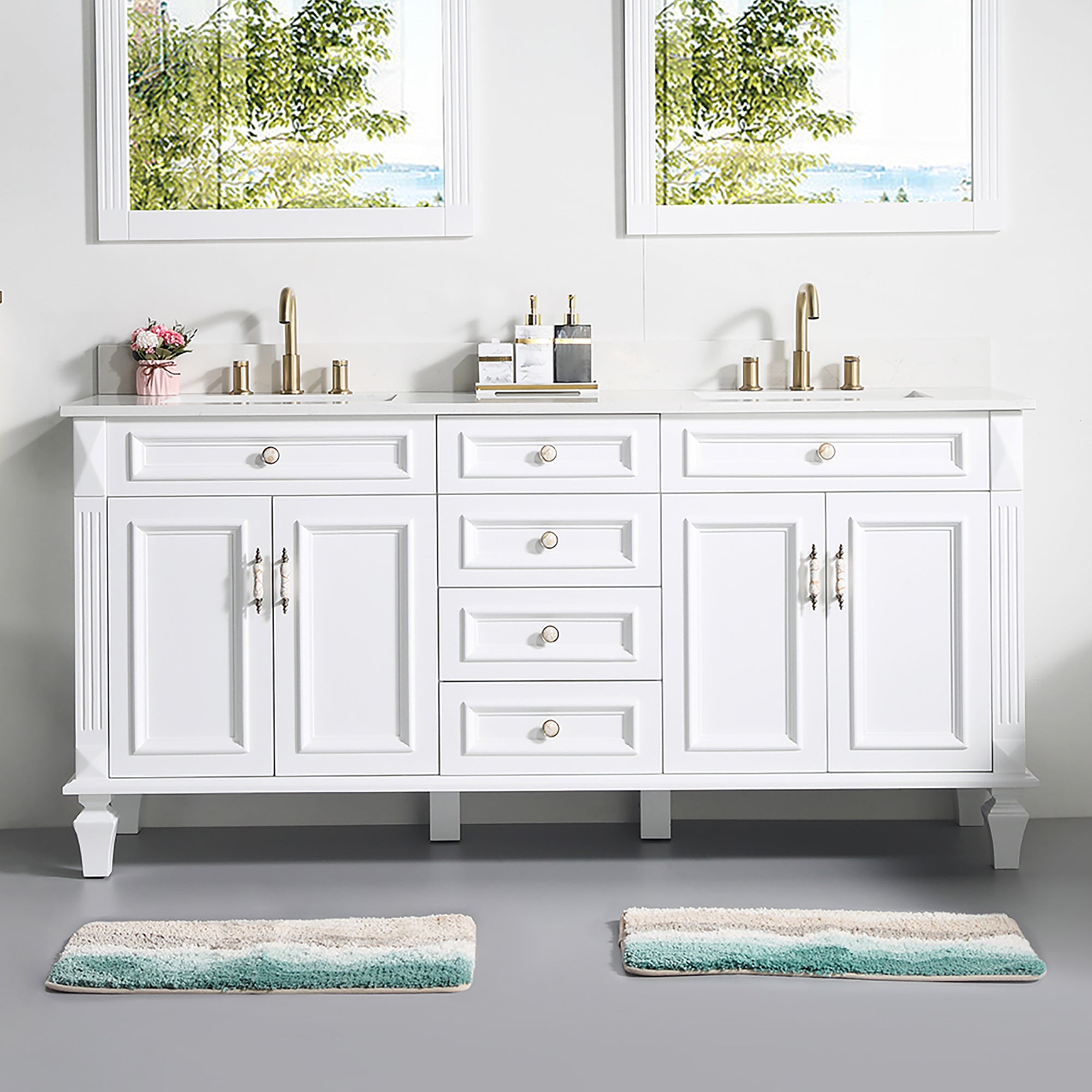
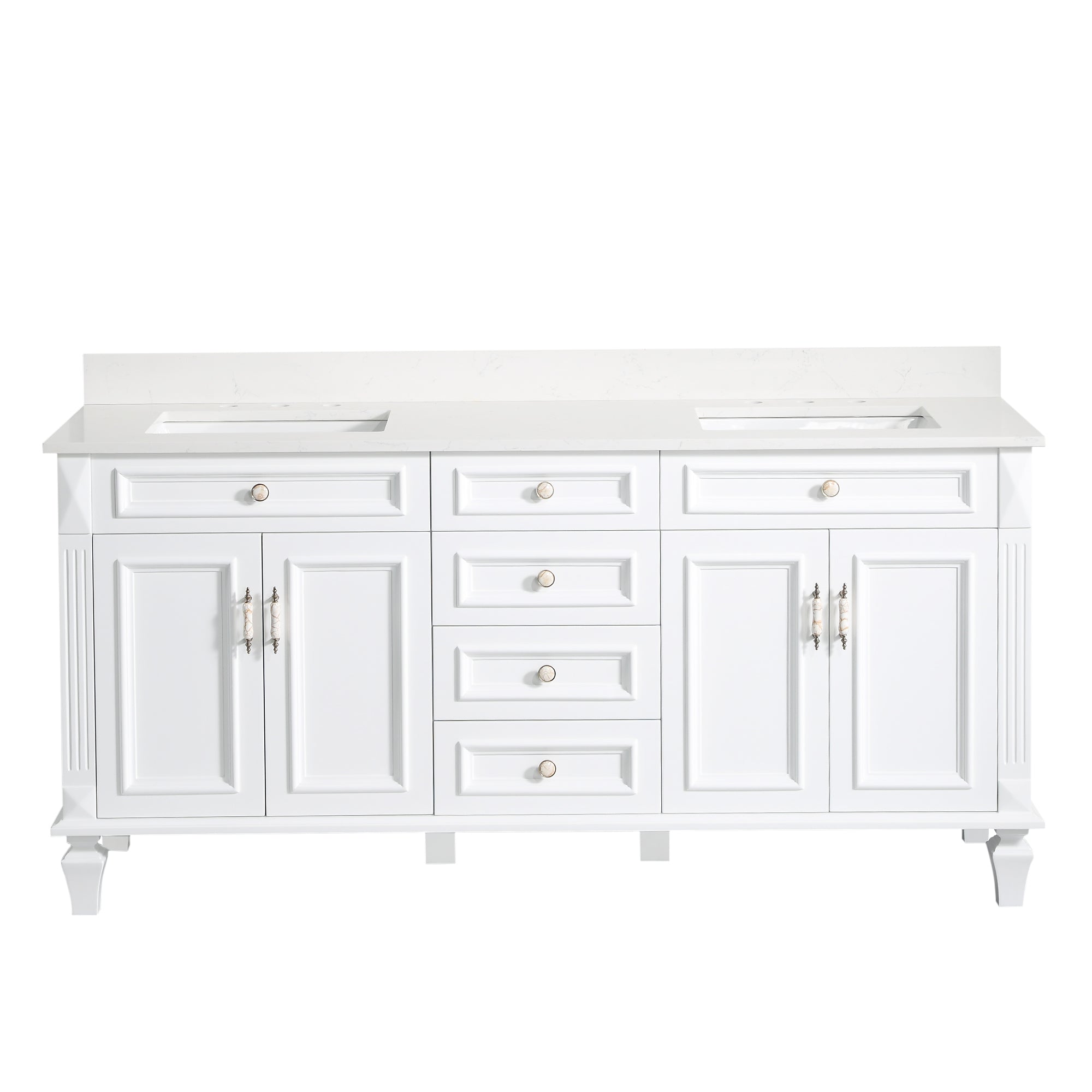
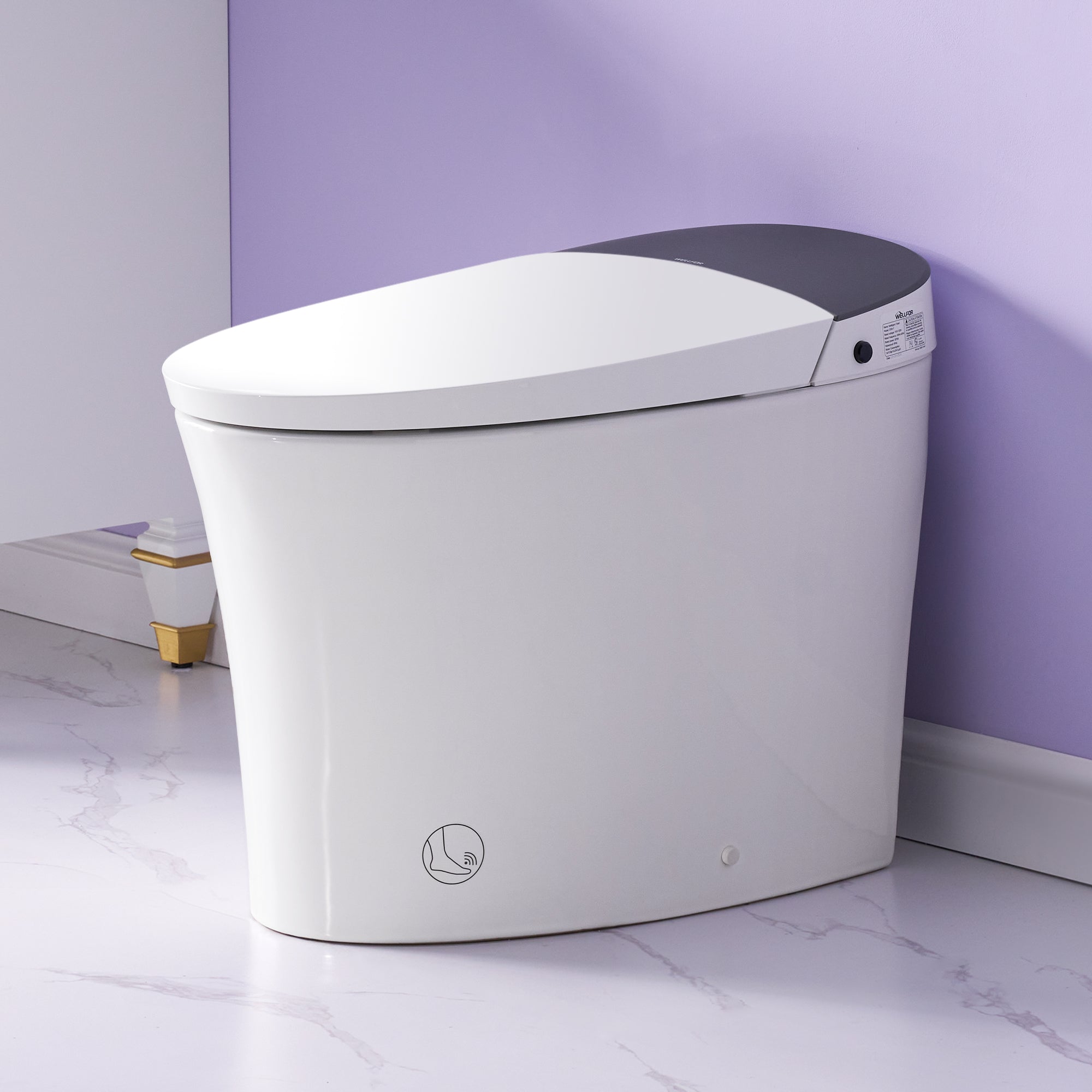
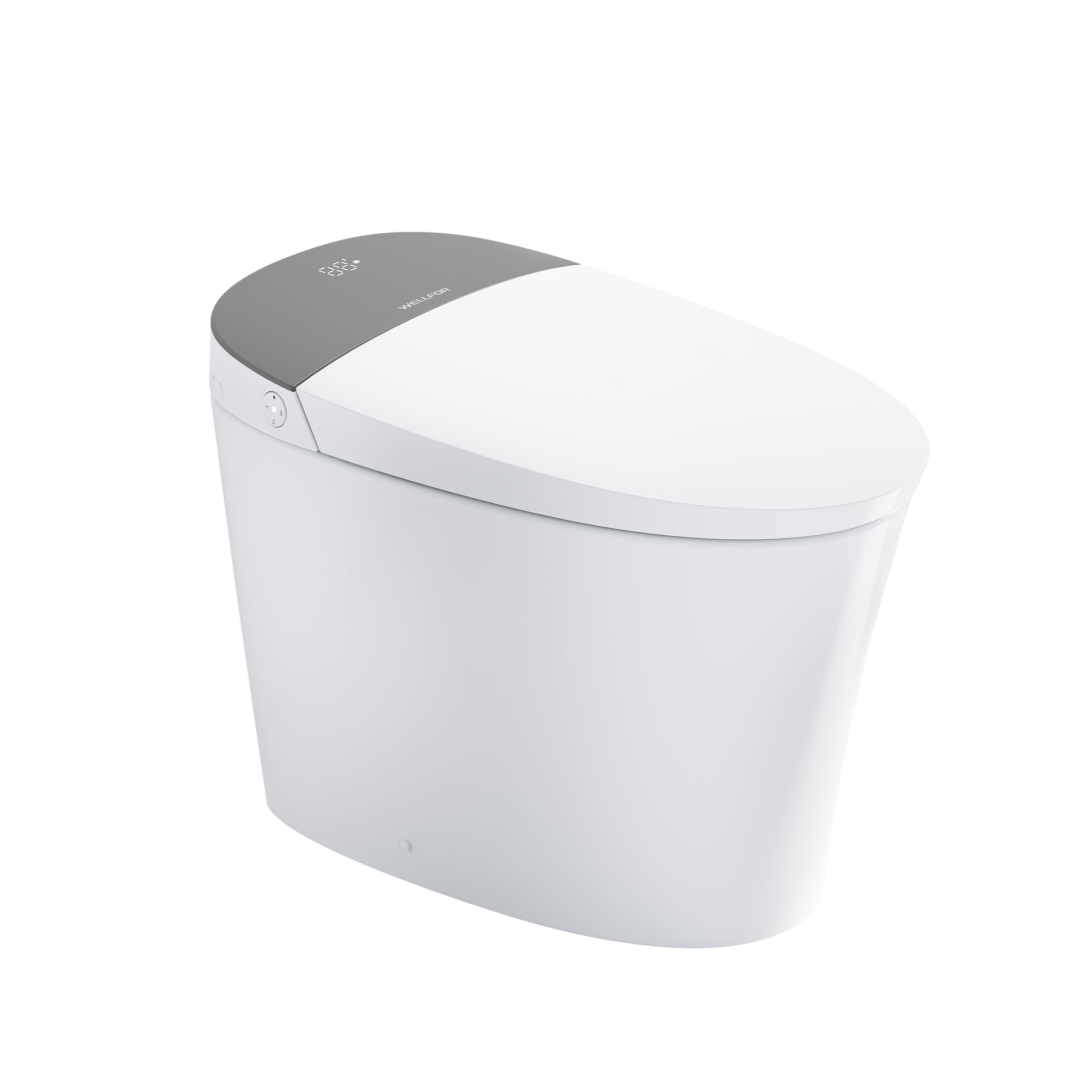
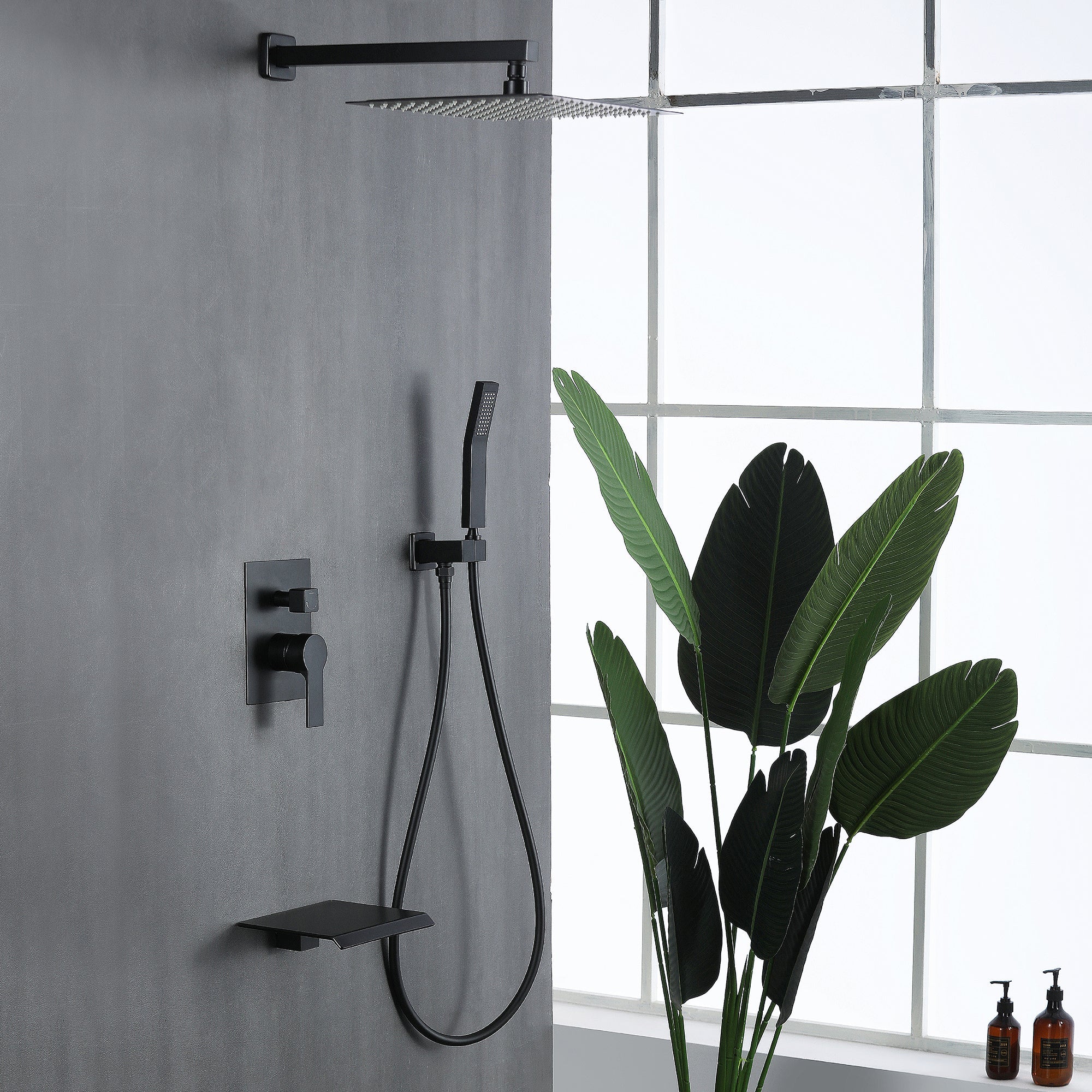
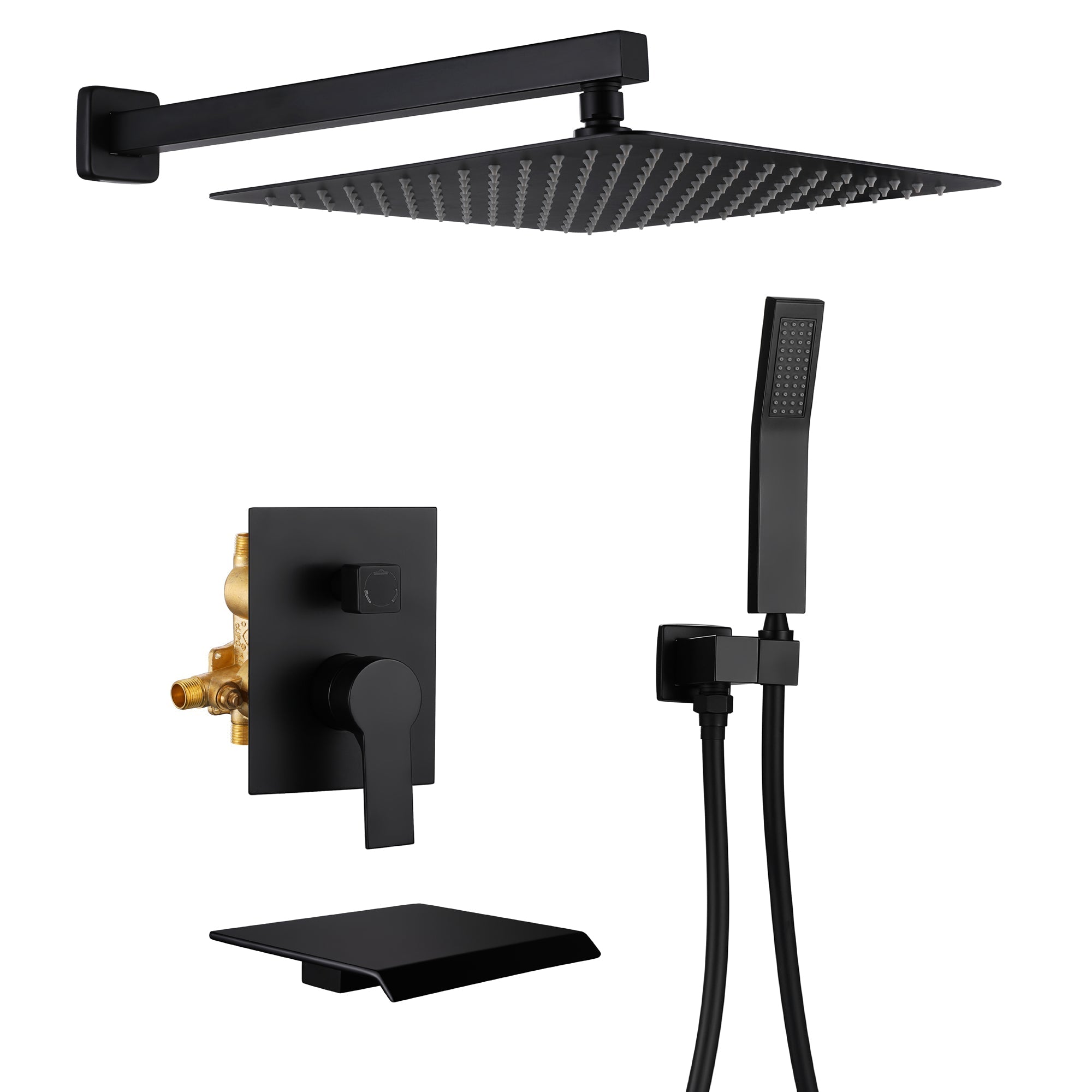
Leave a comment
This site is protected by hCaptcha and the hCaptcha Privacy Policy and Terms of Service apply.